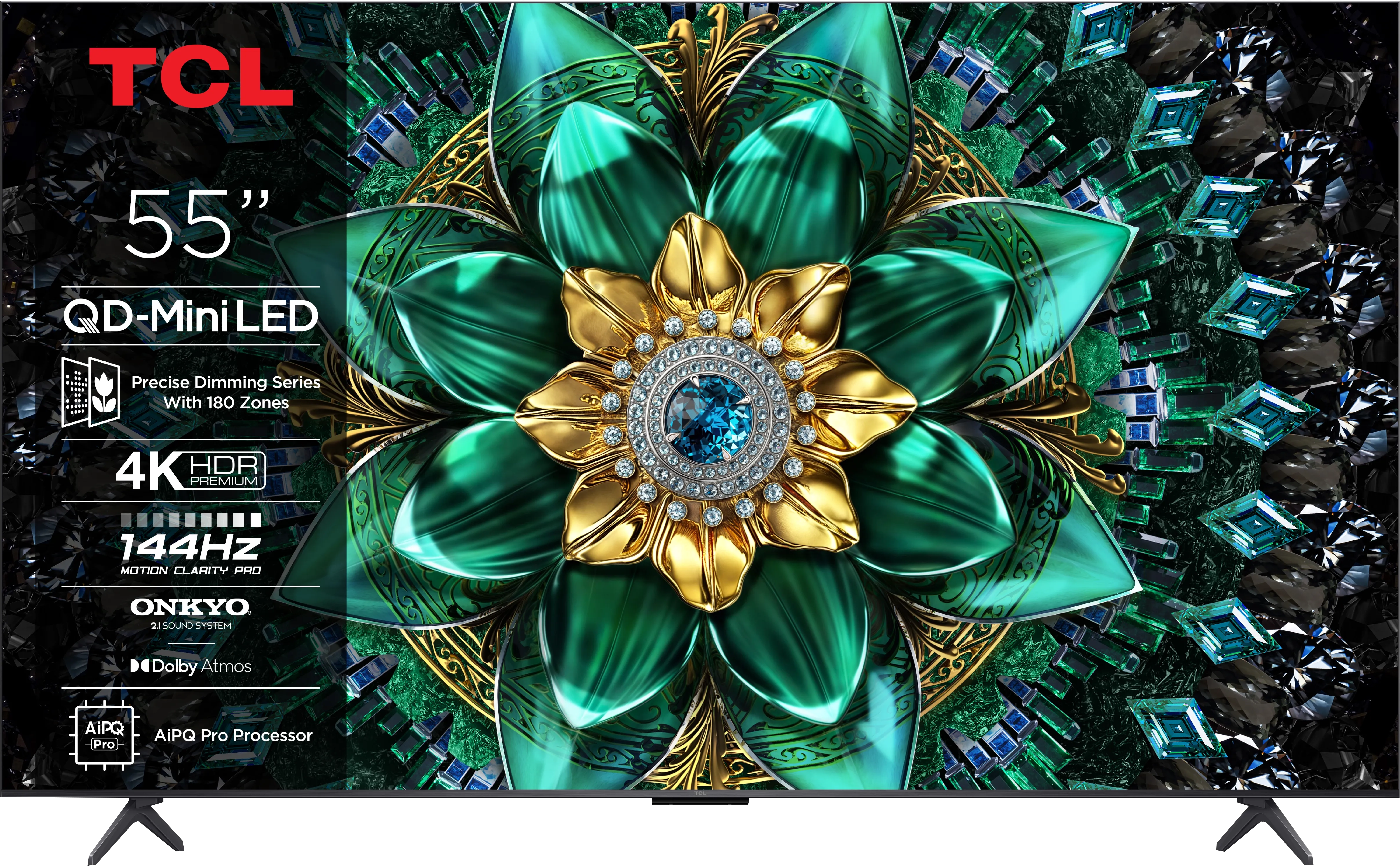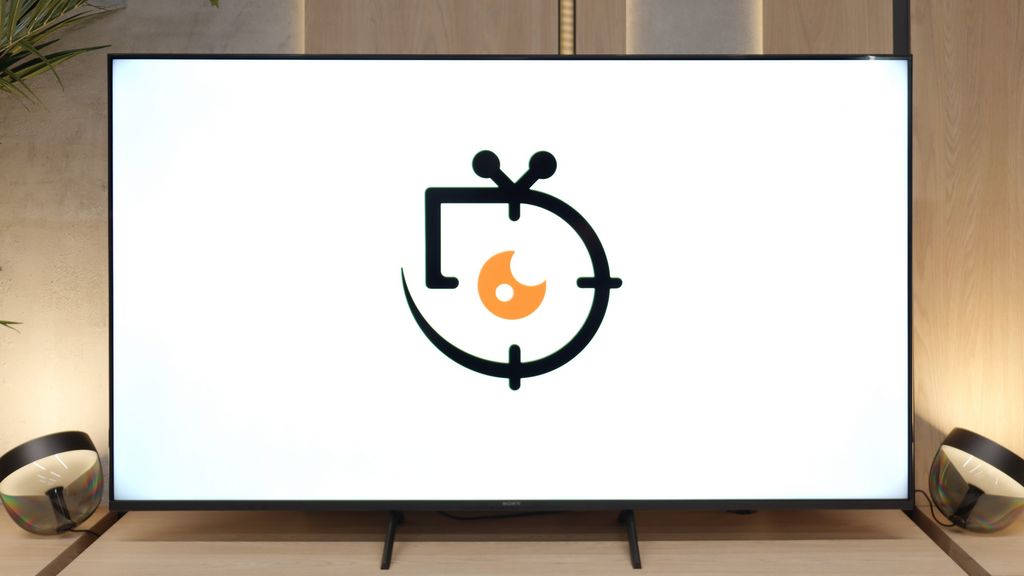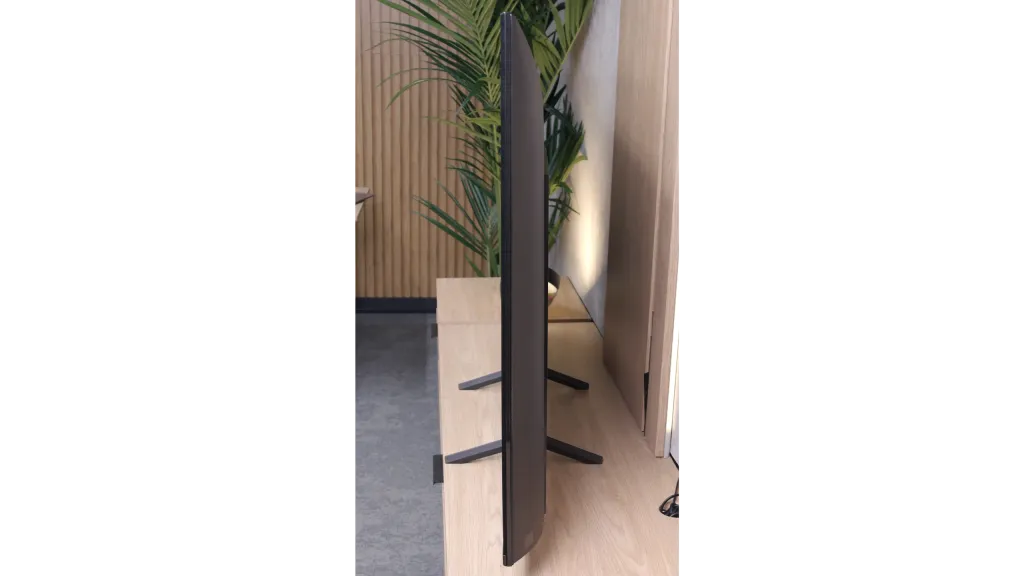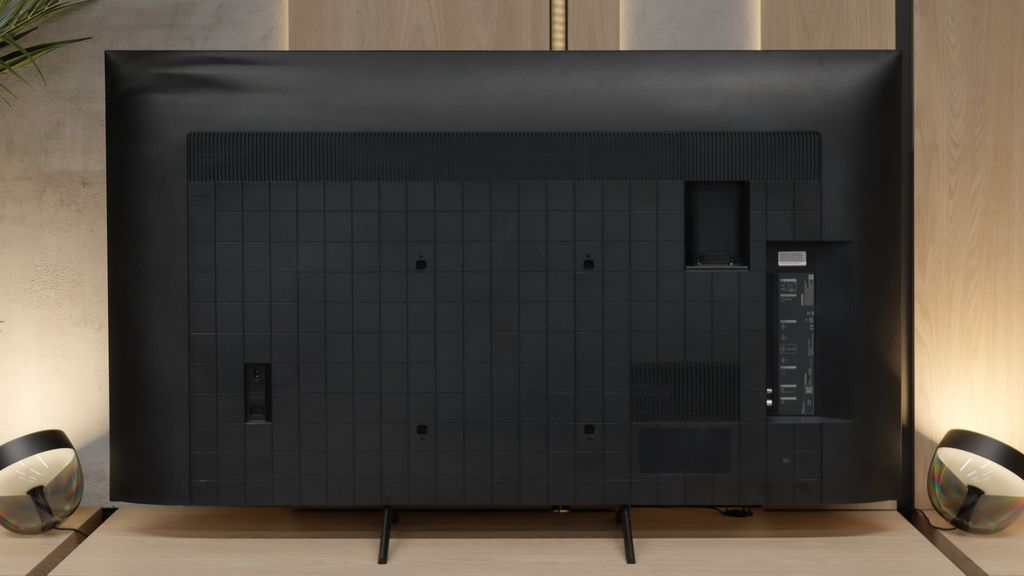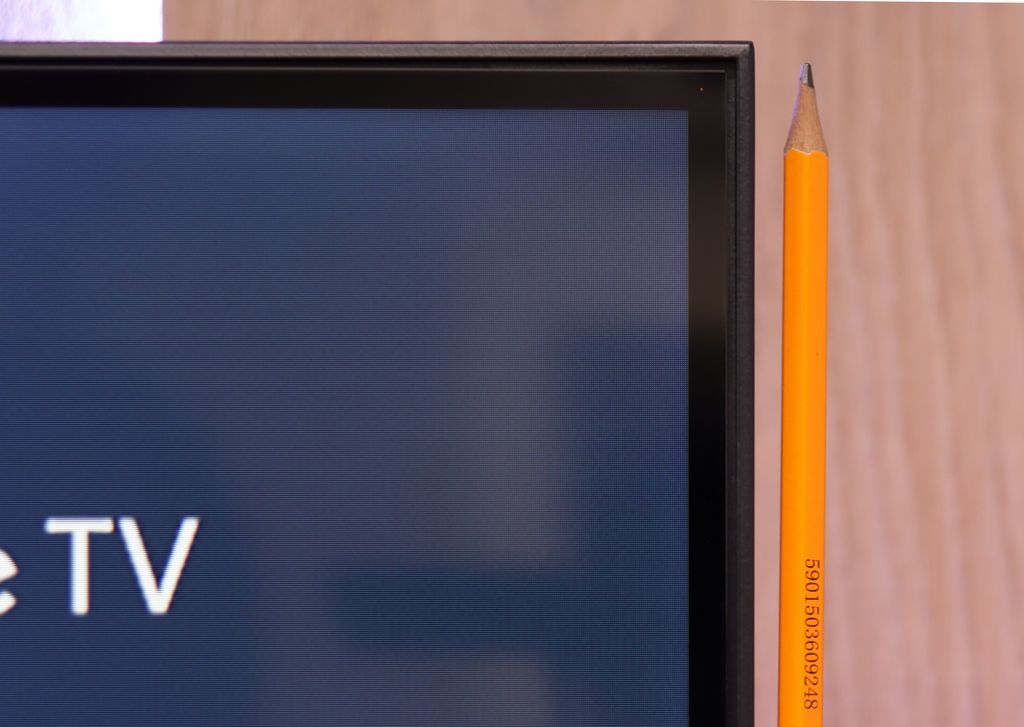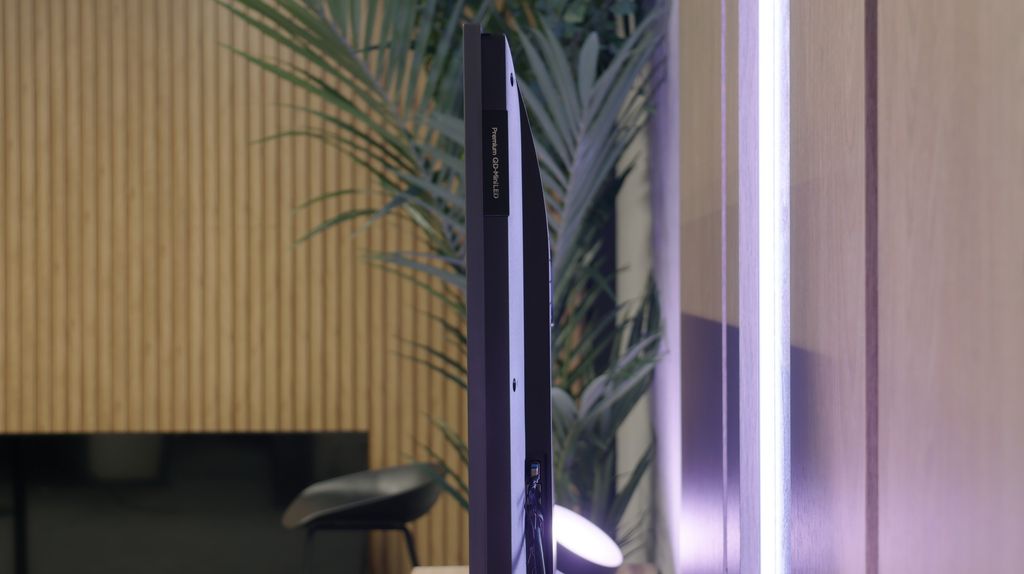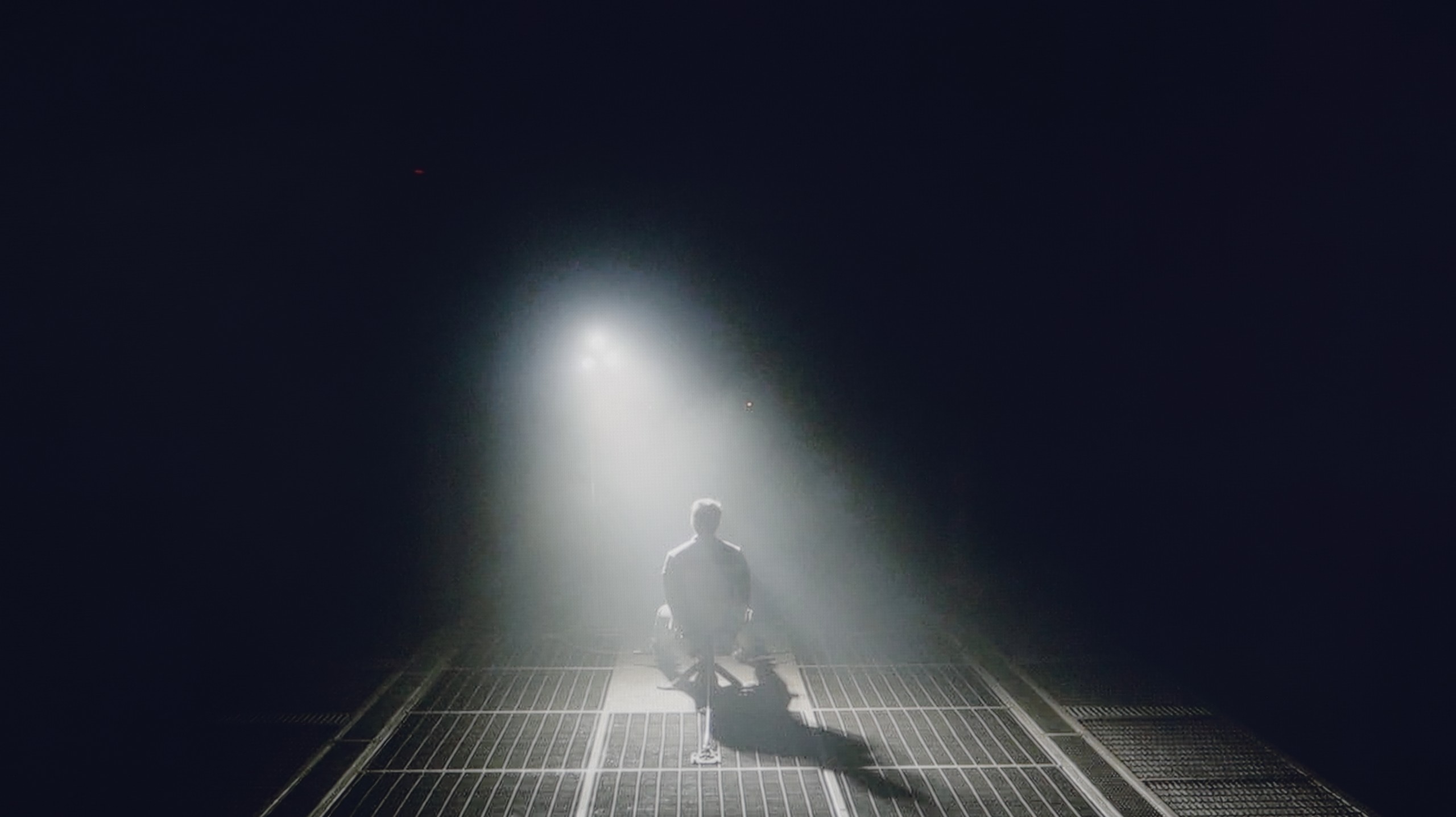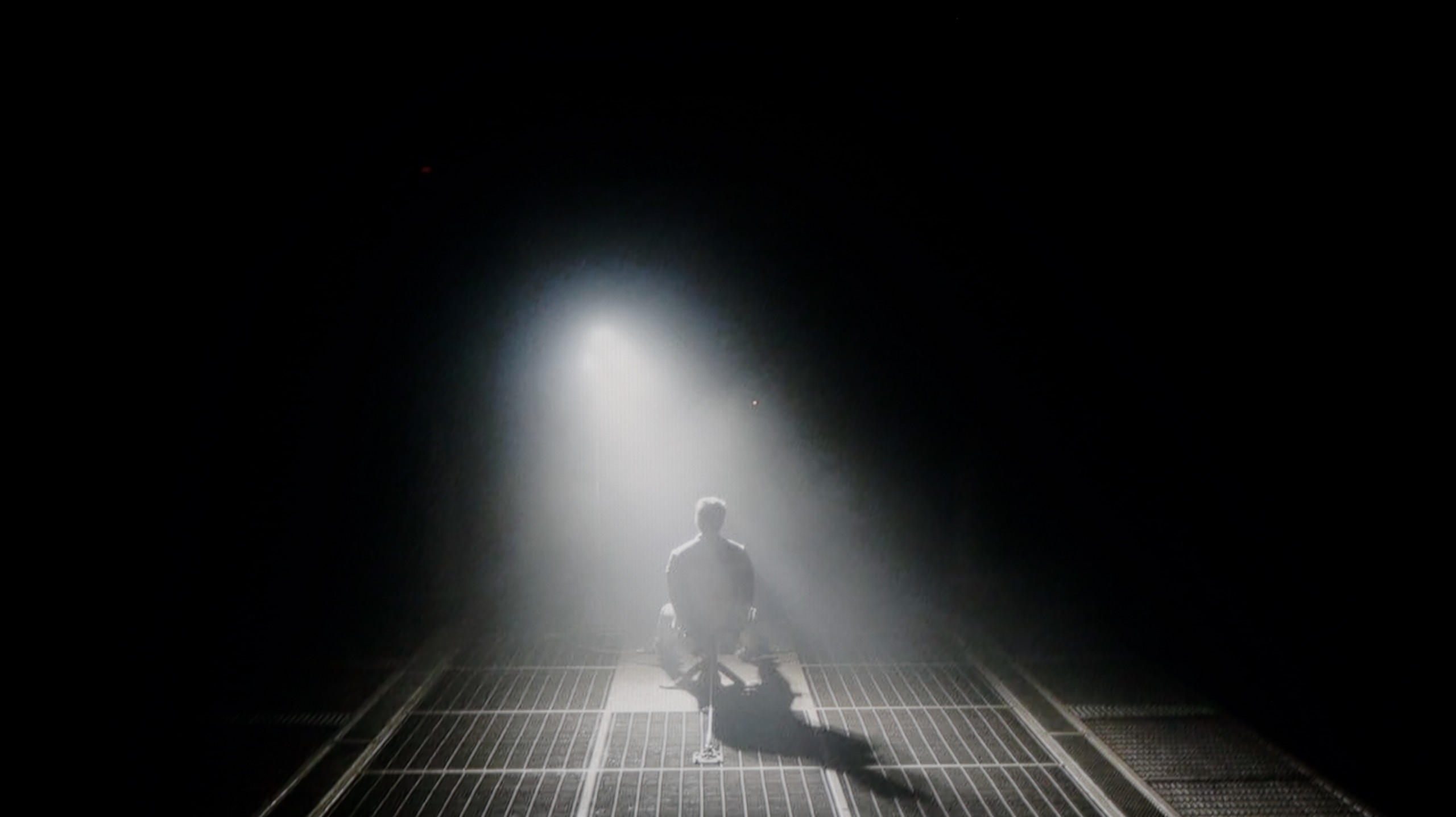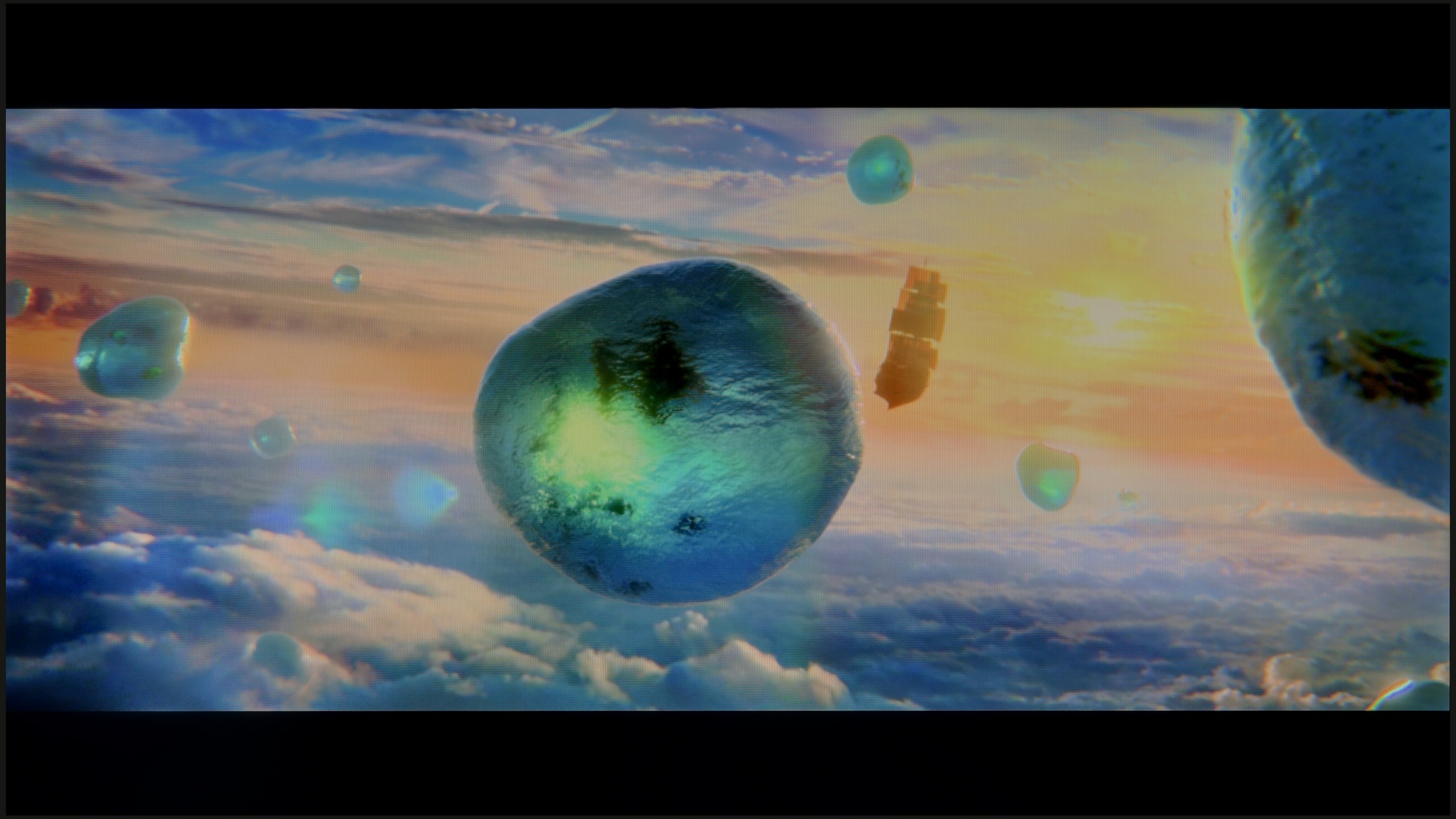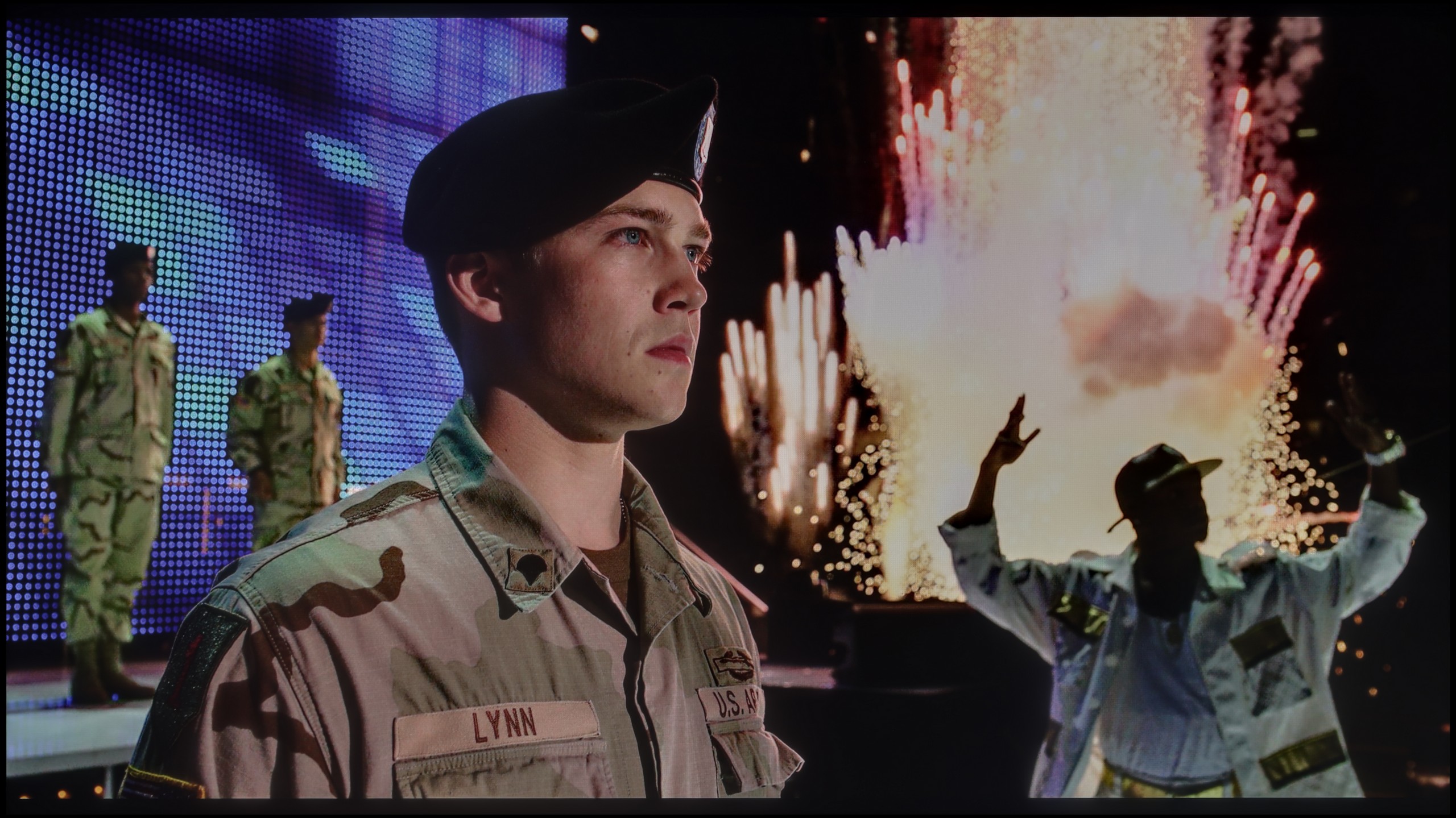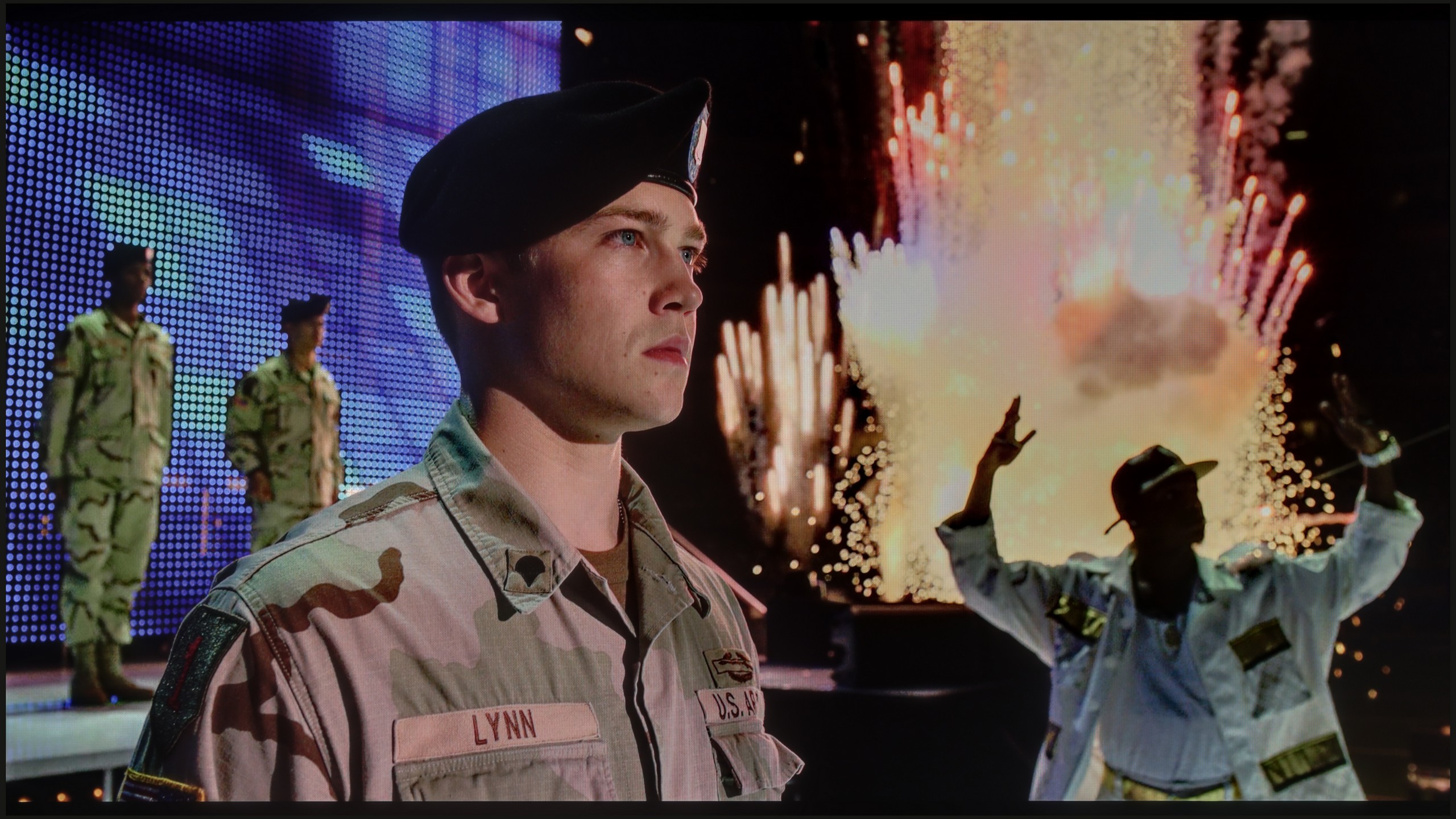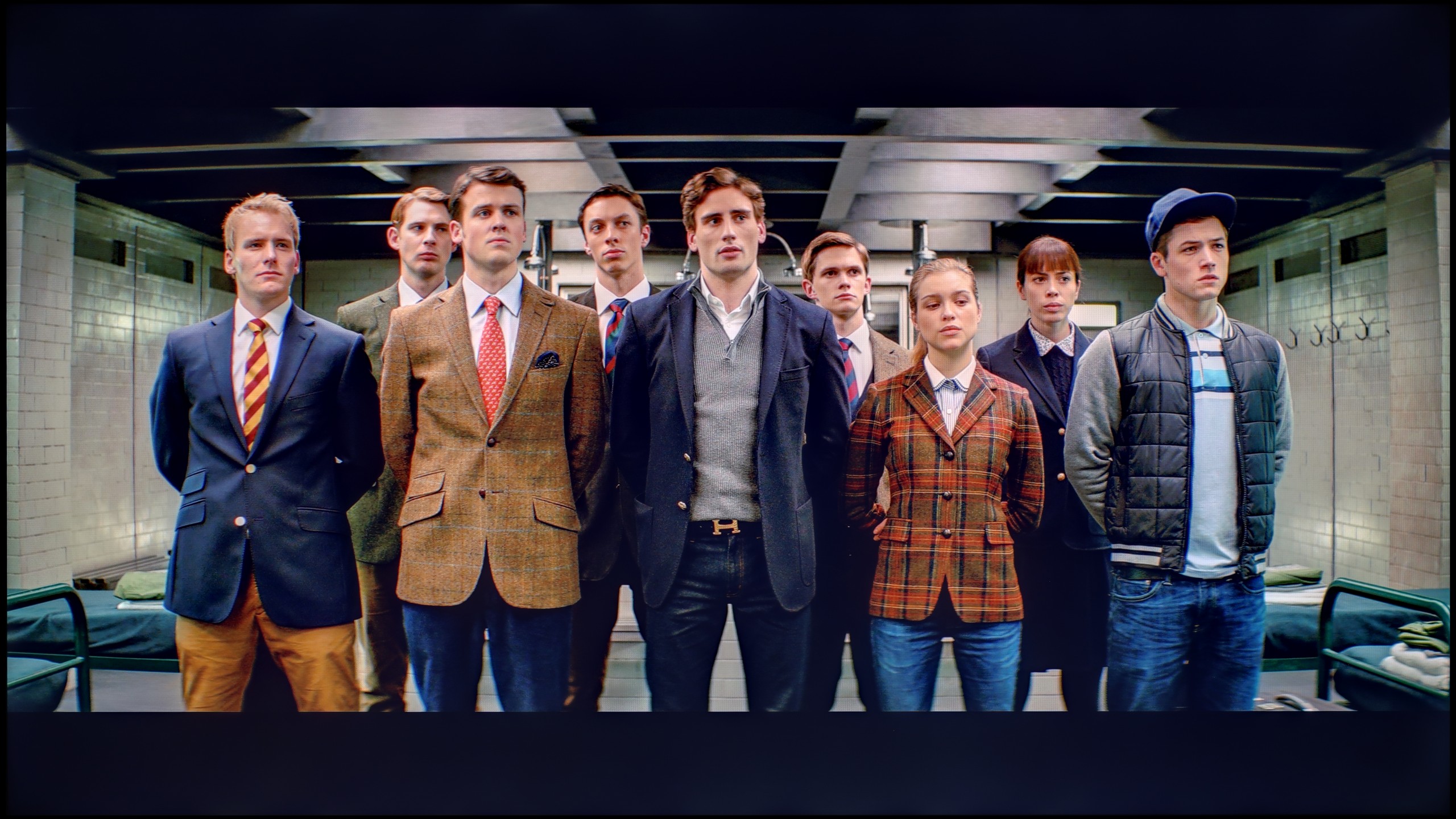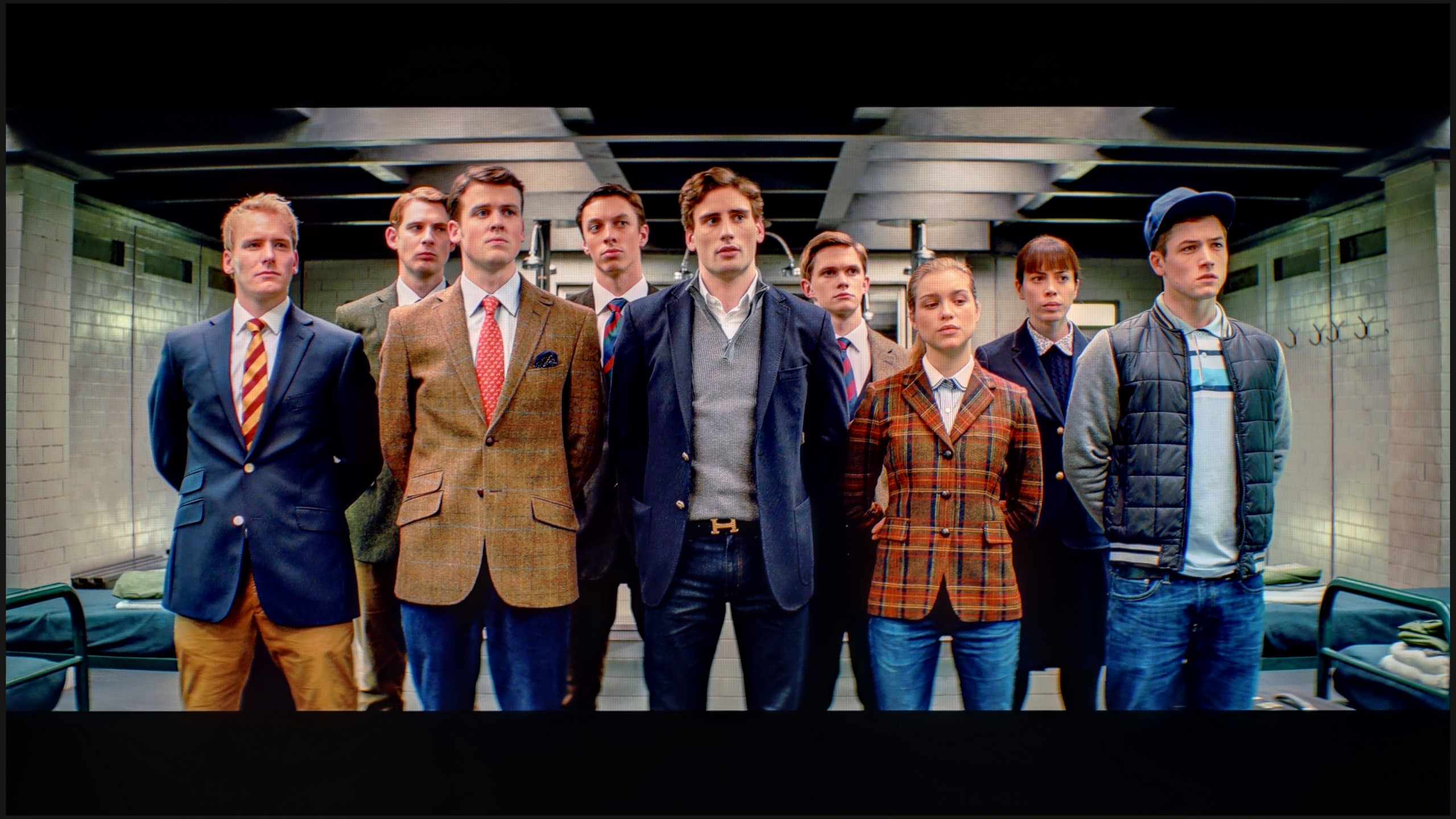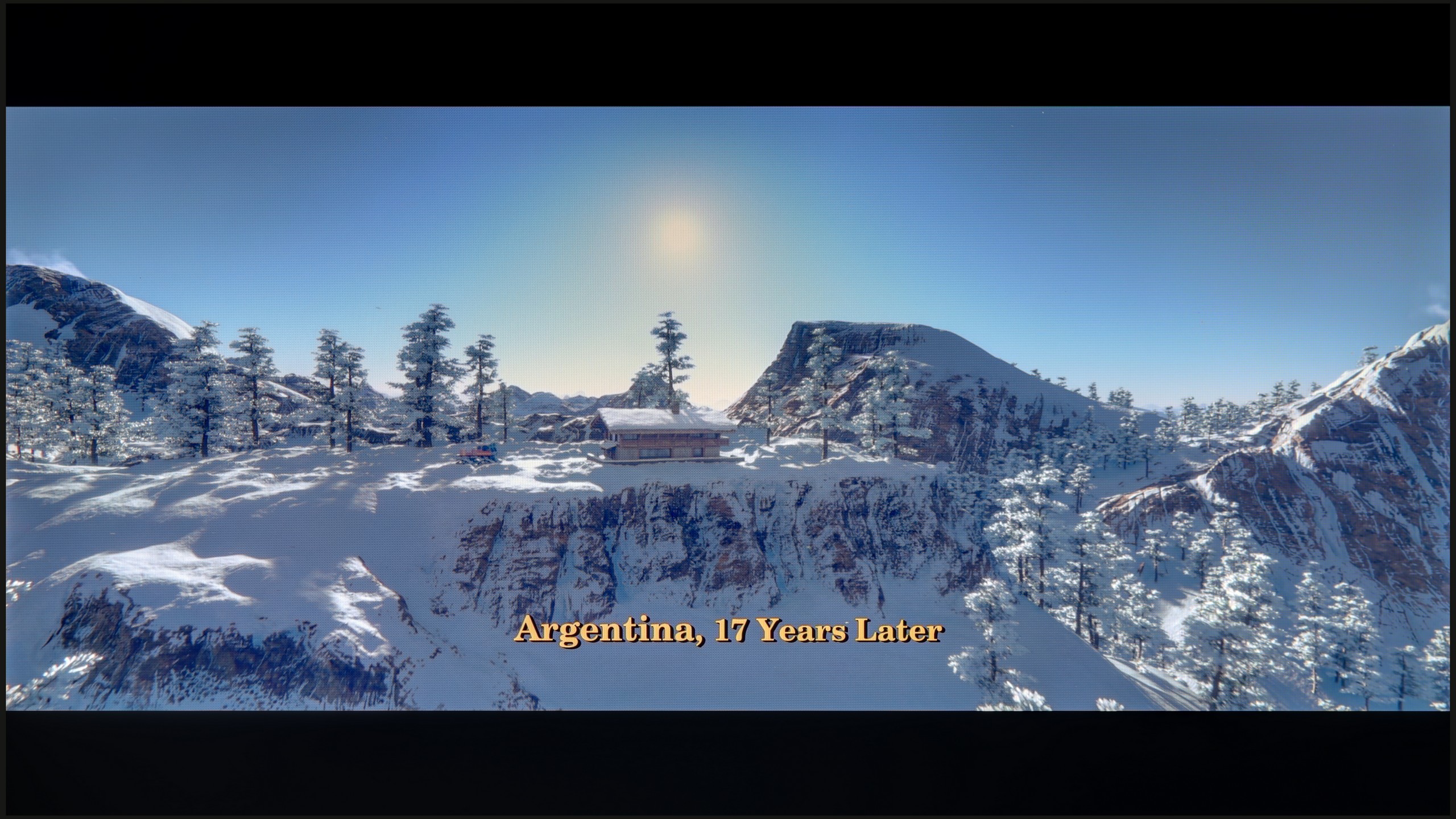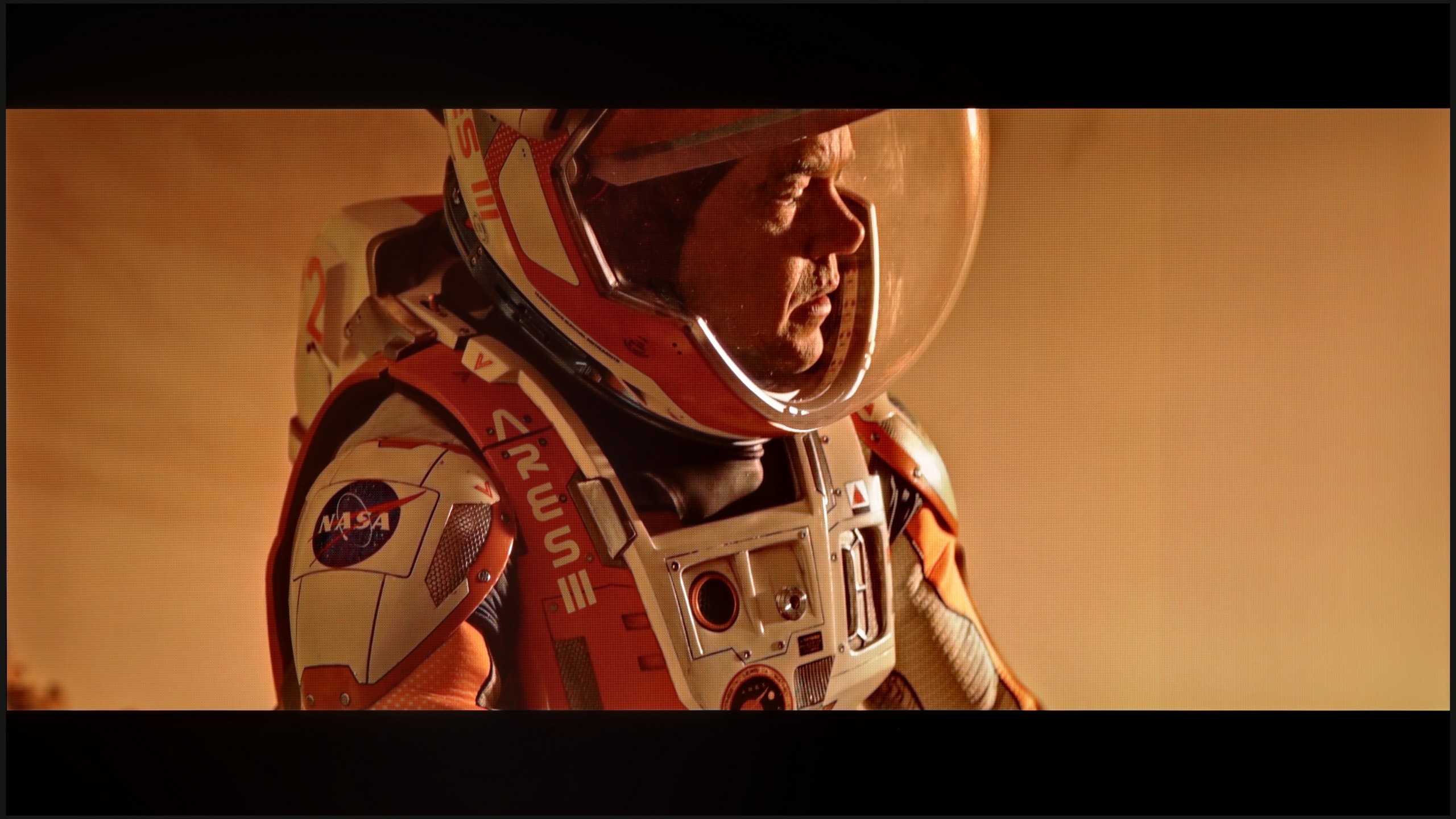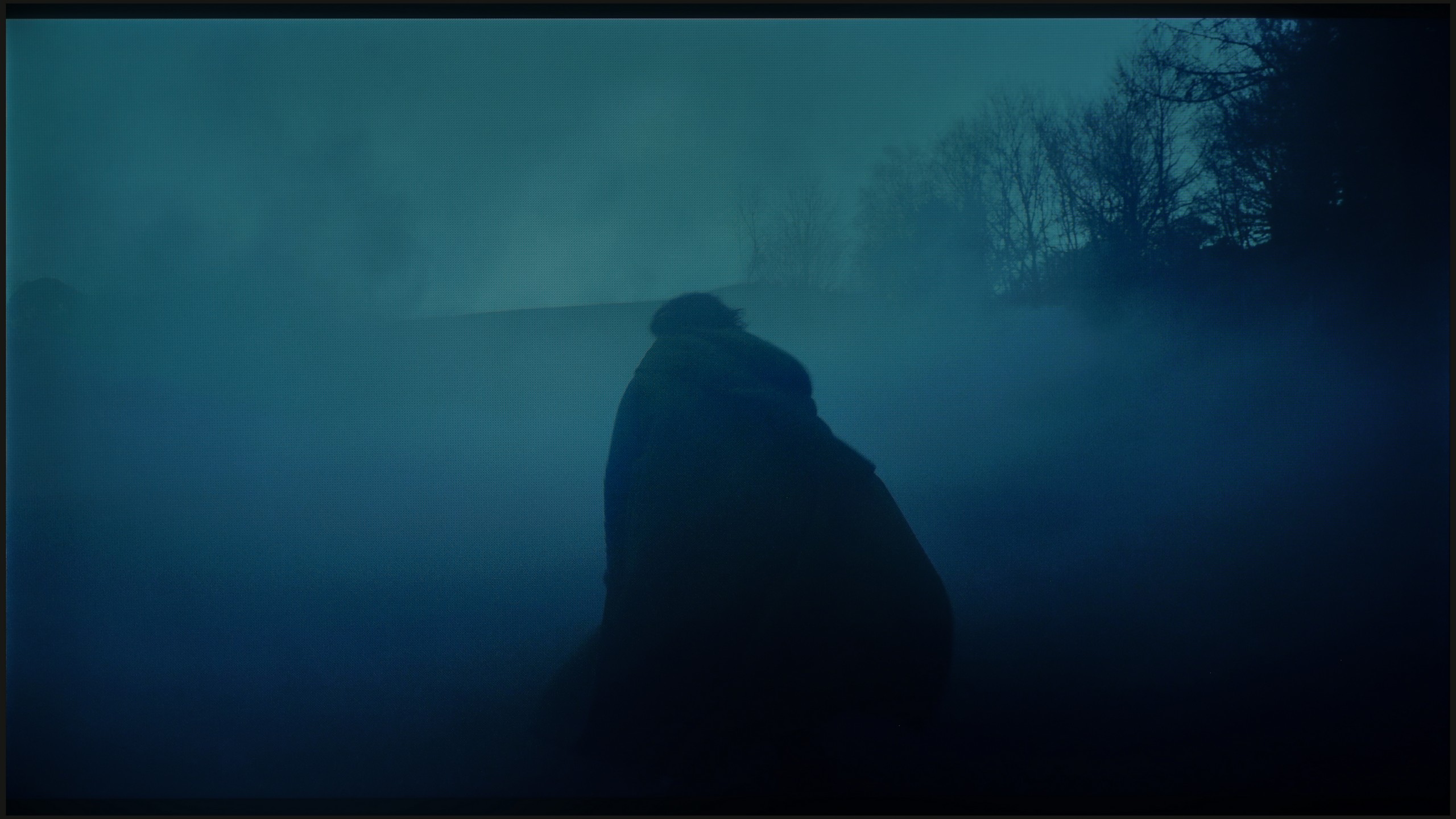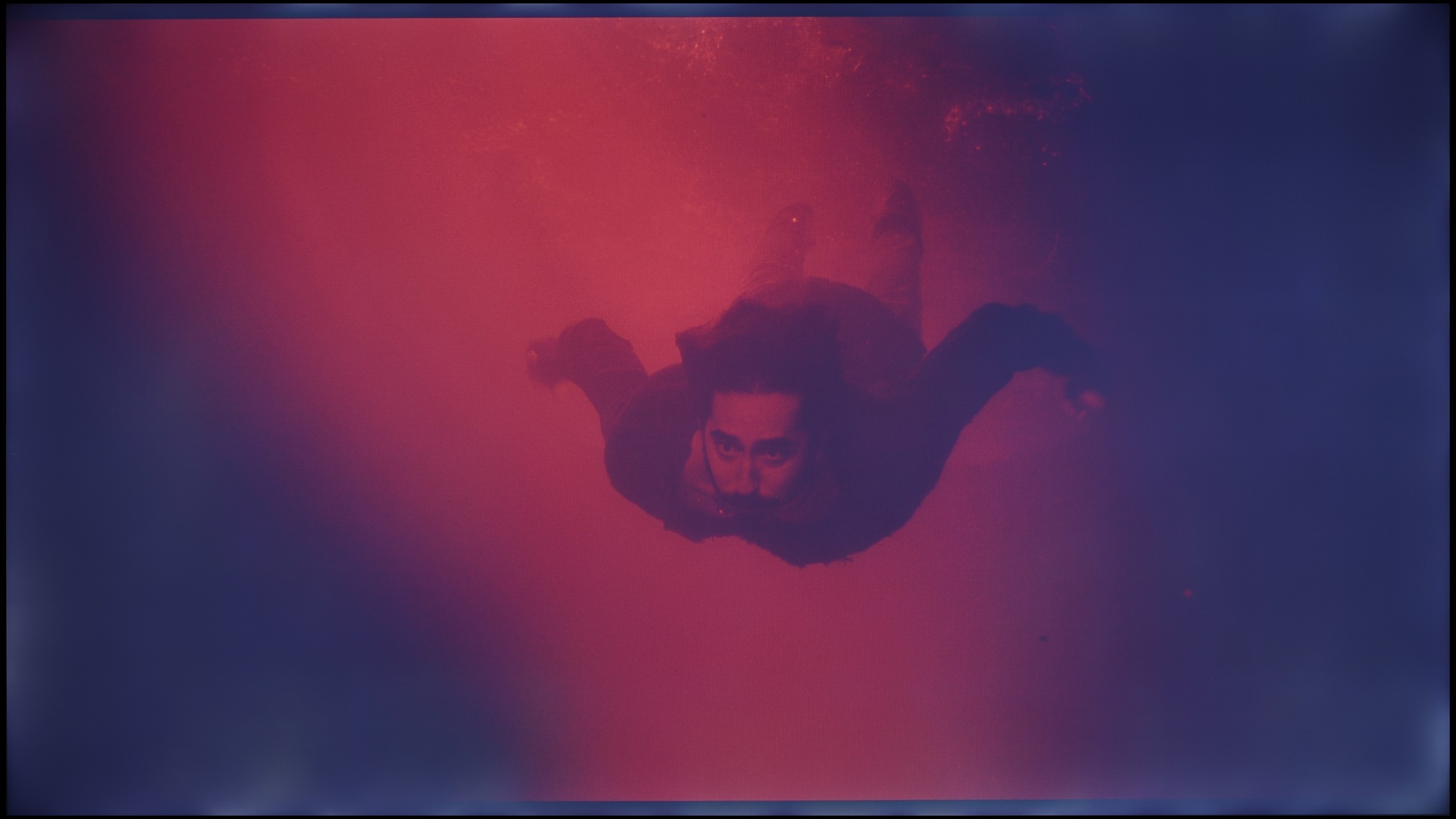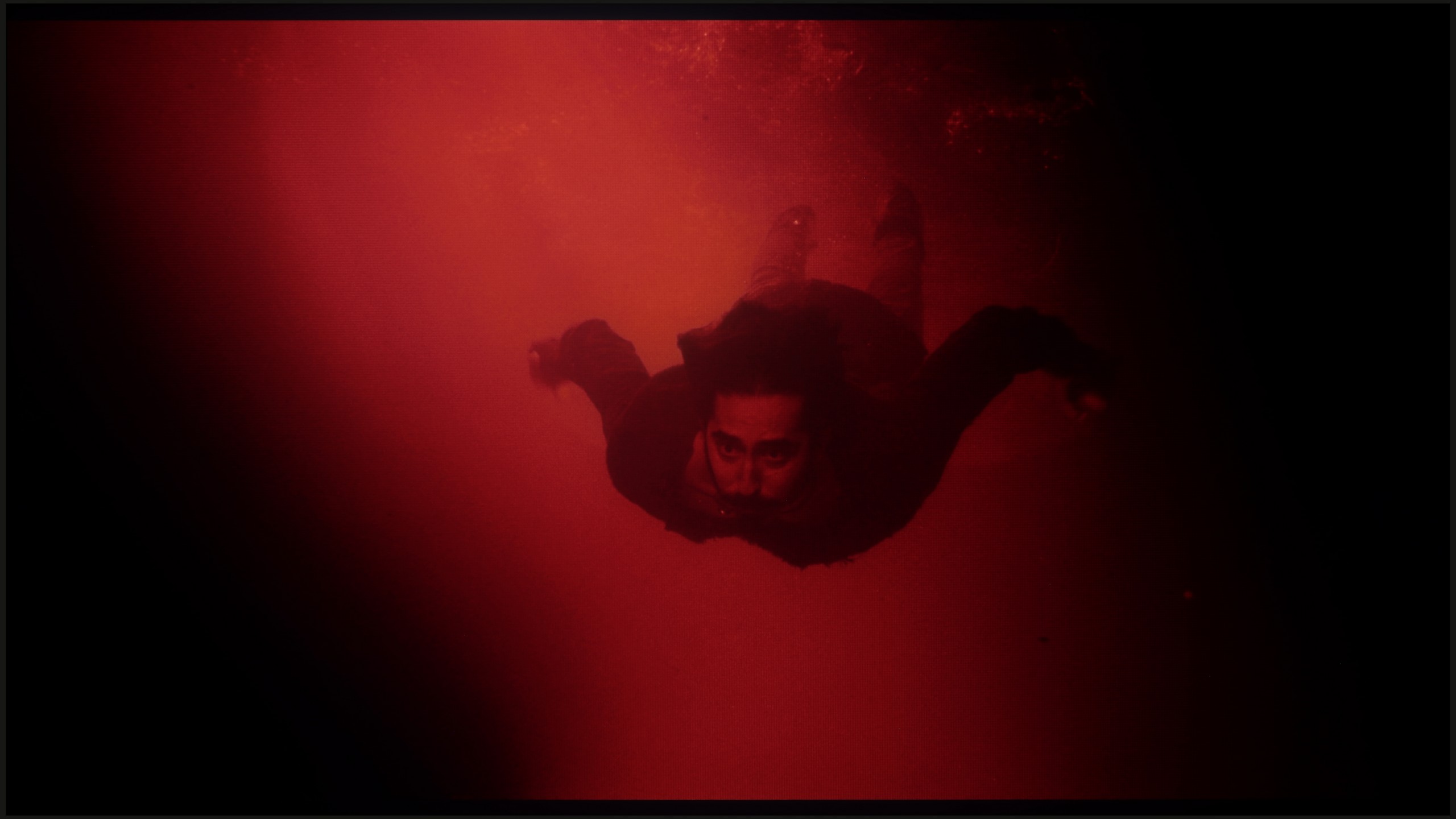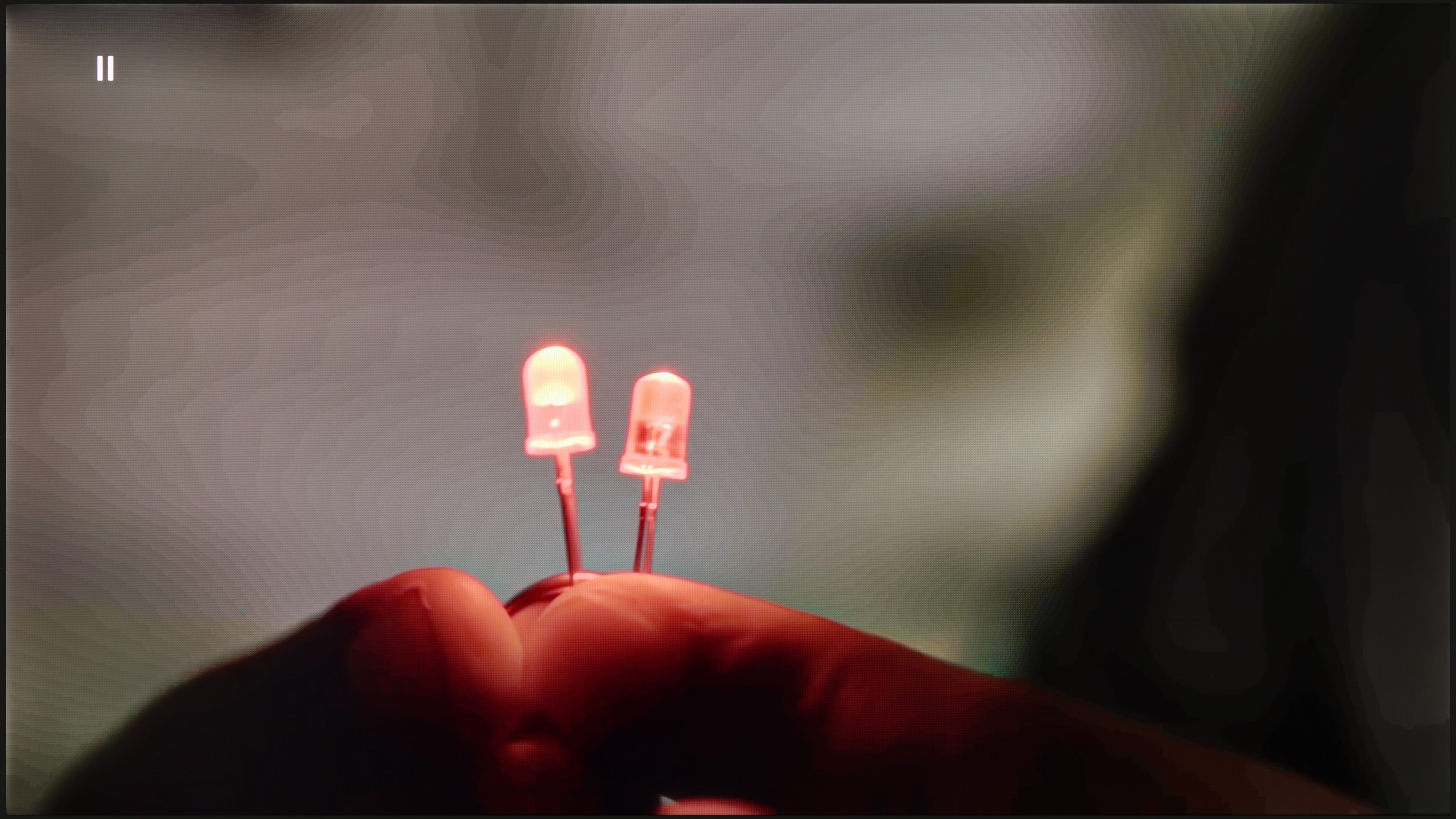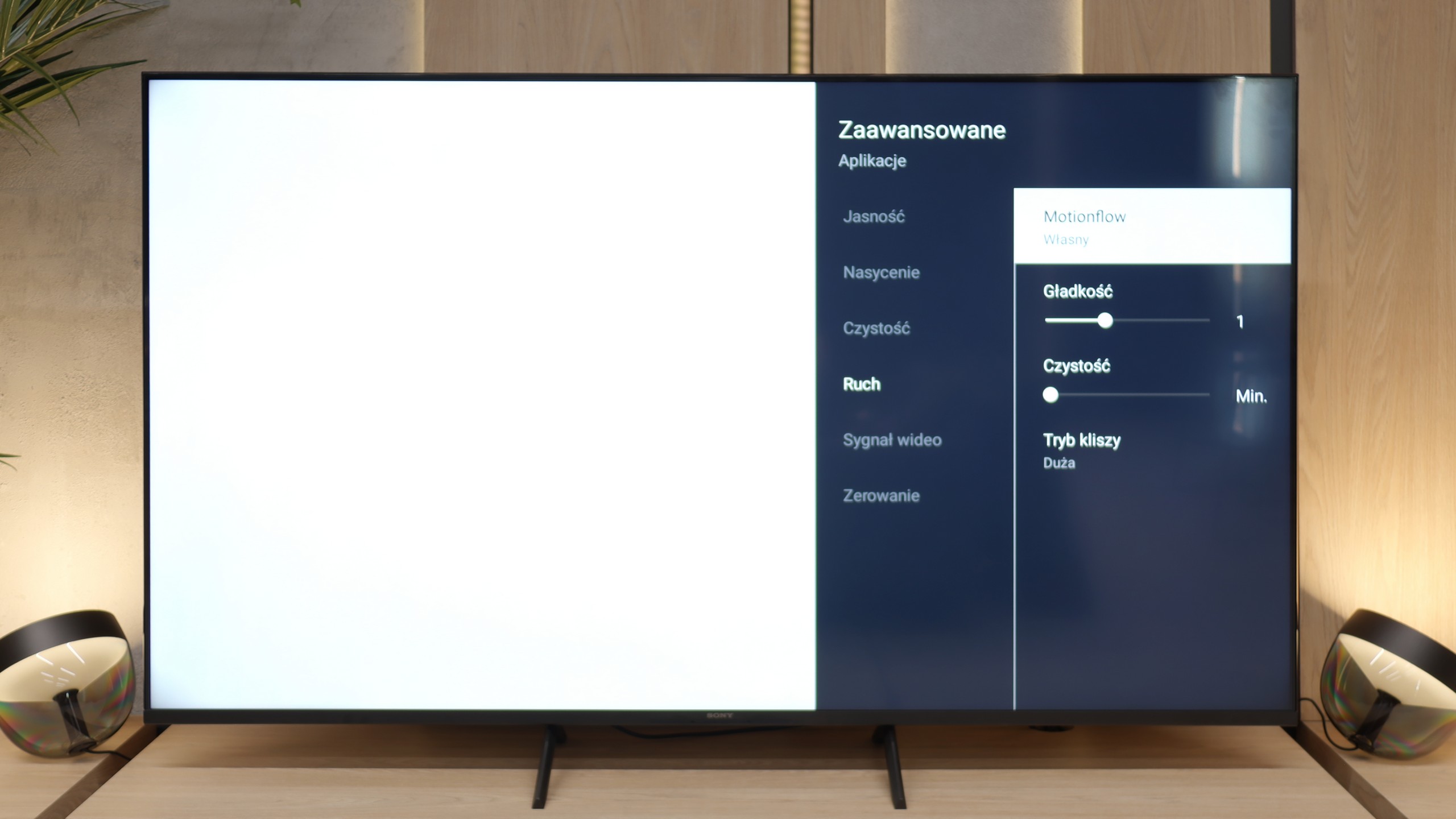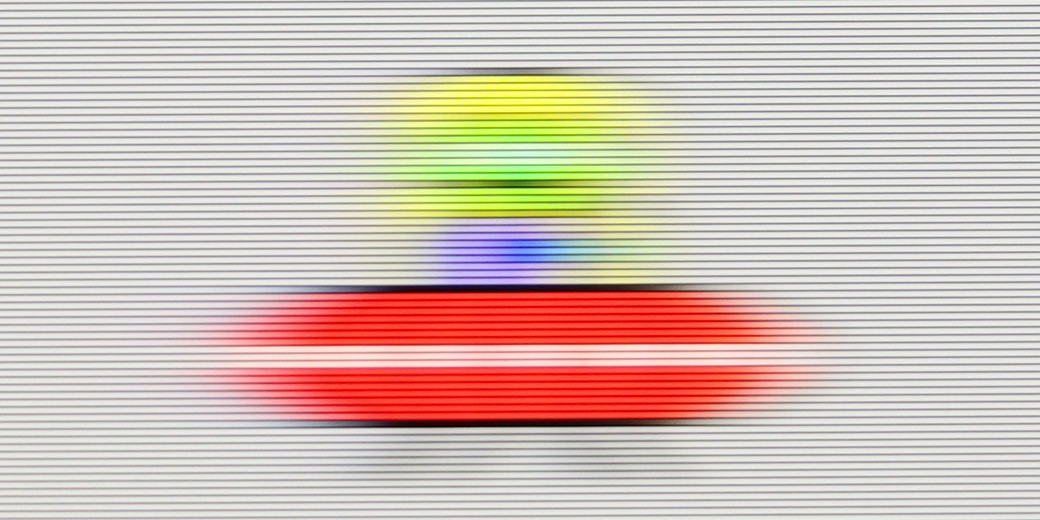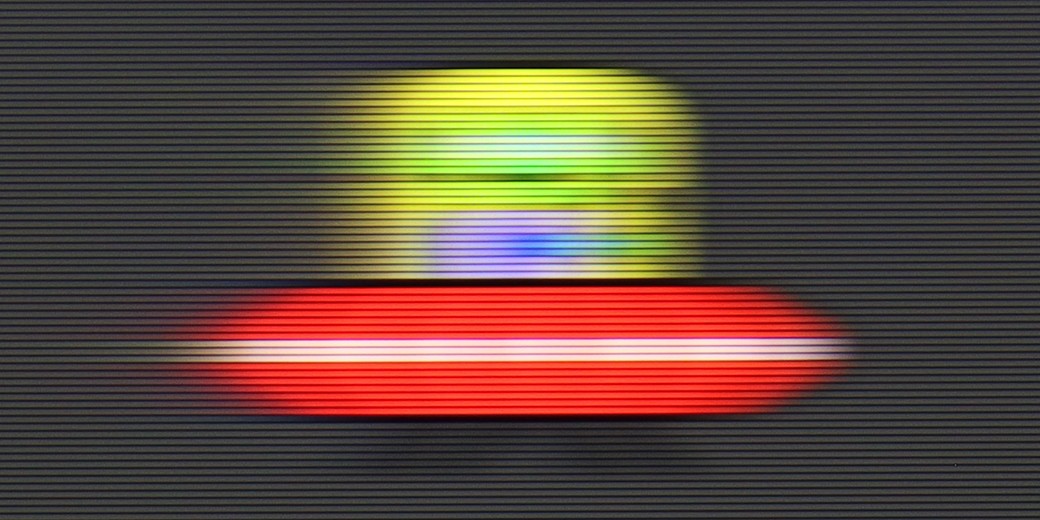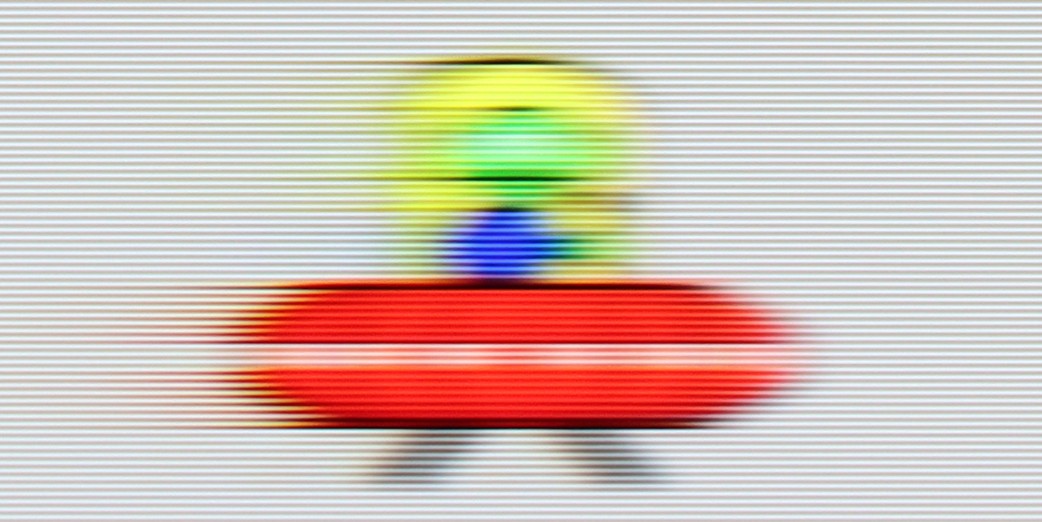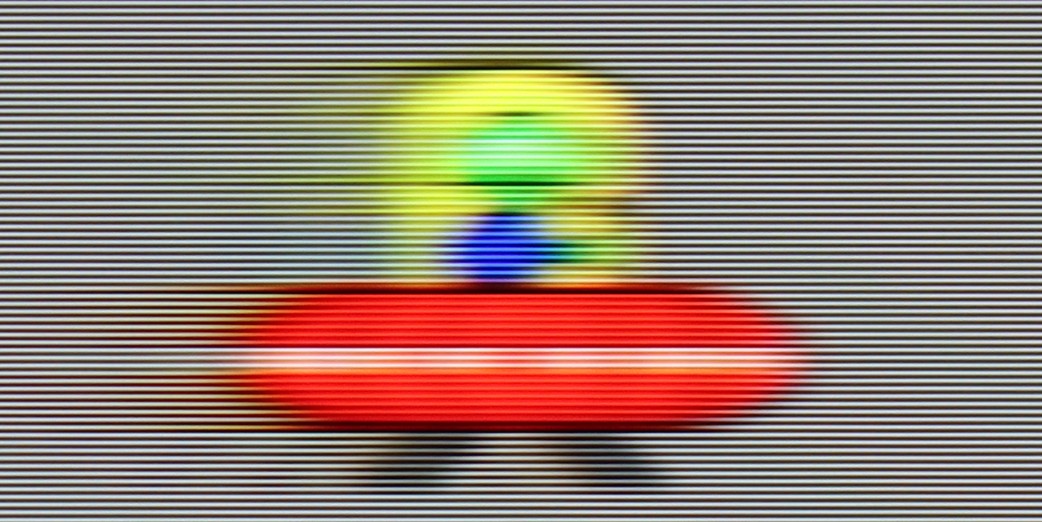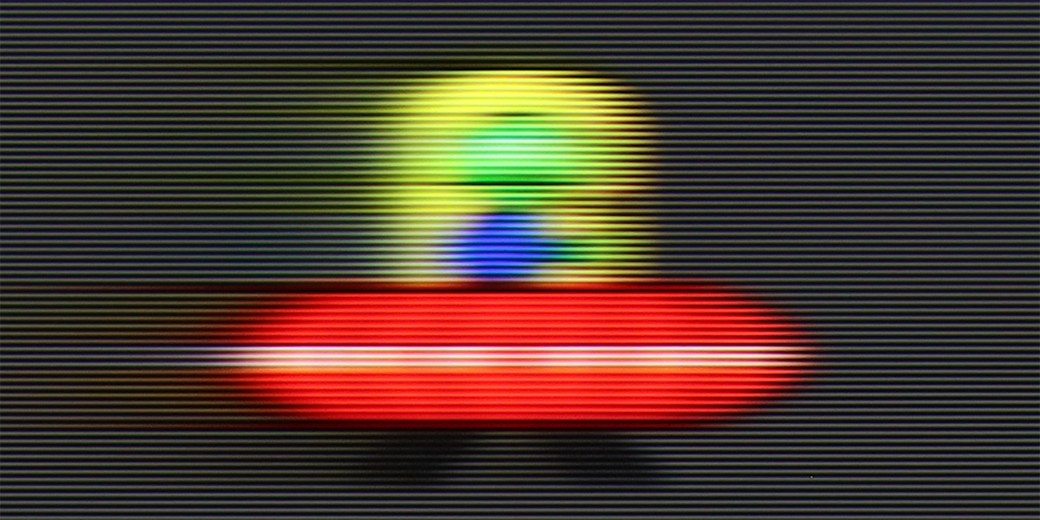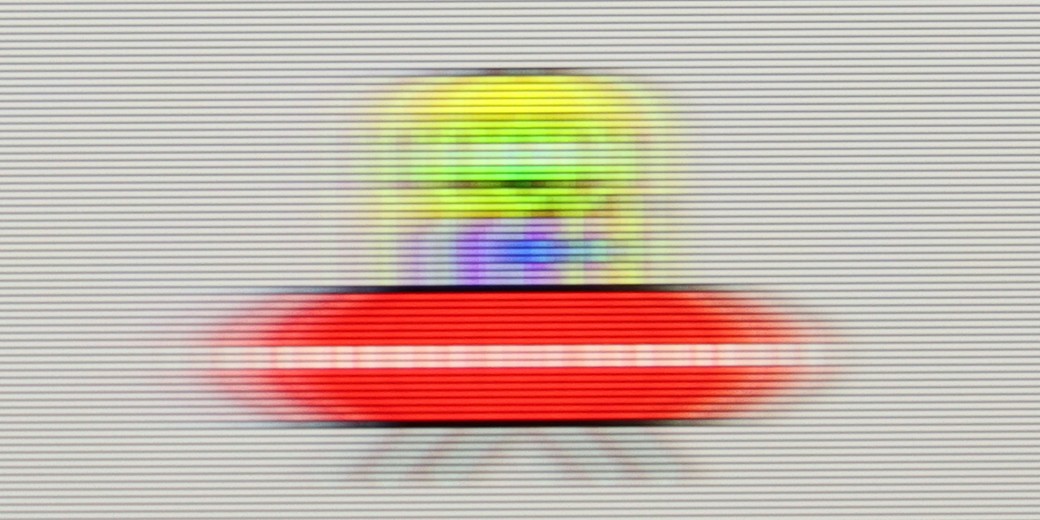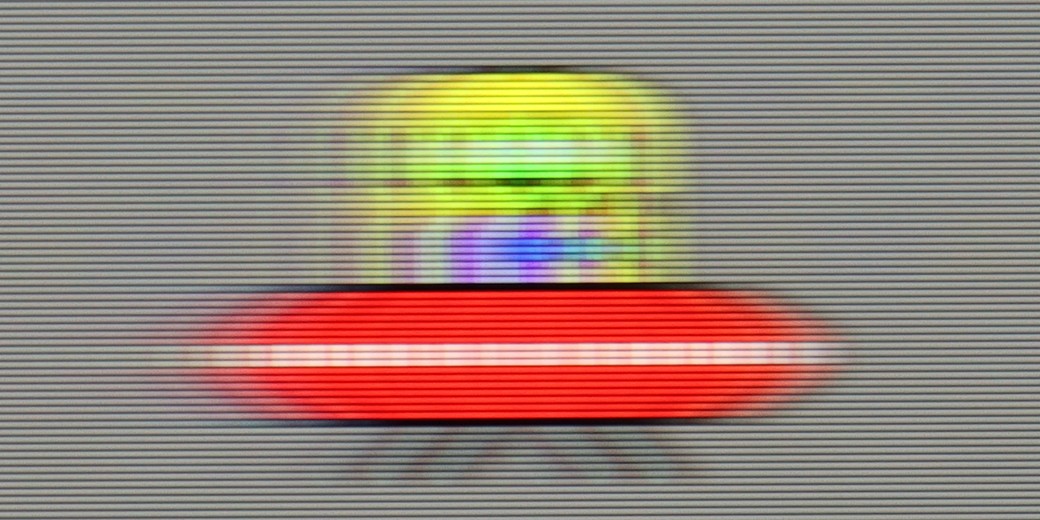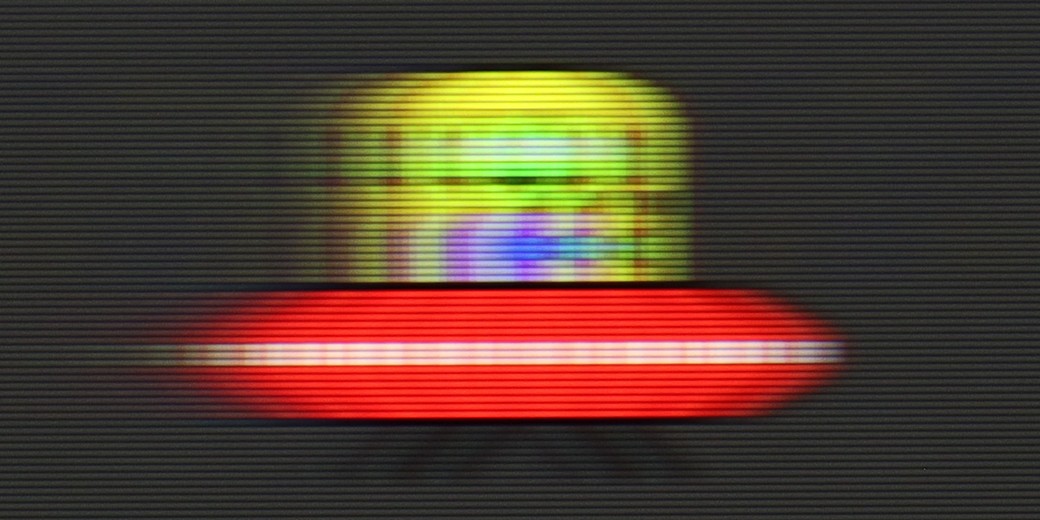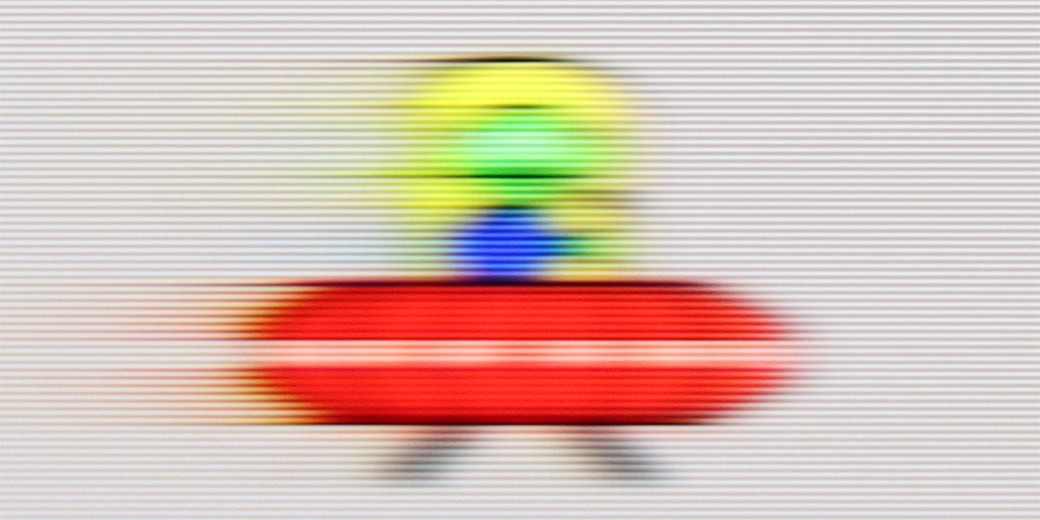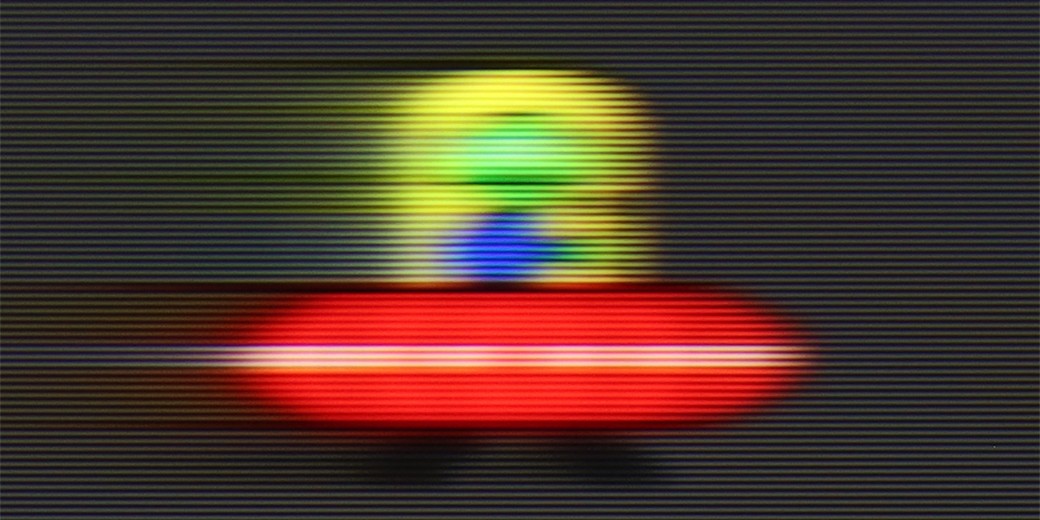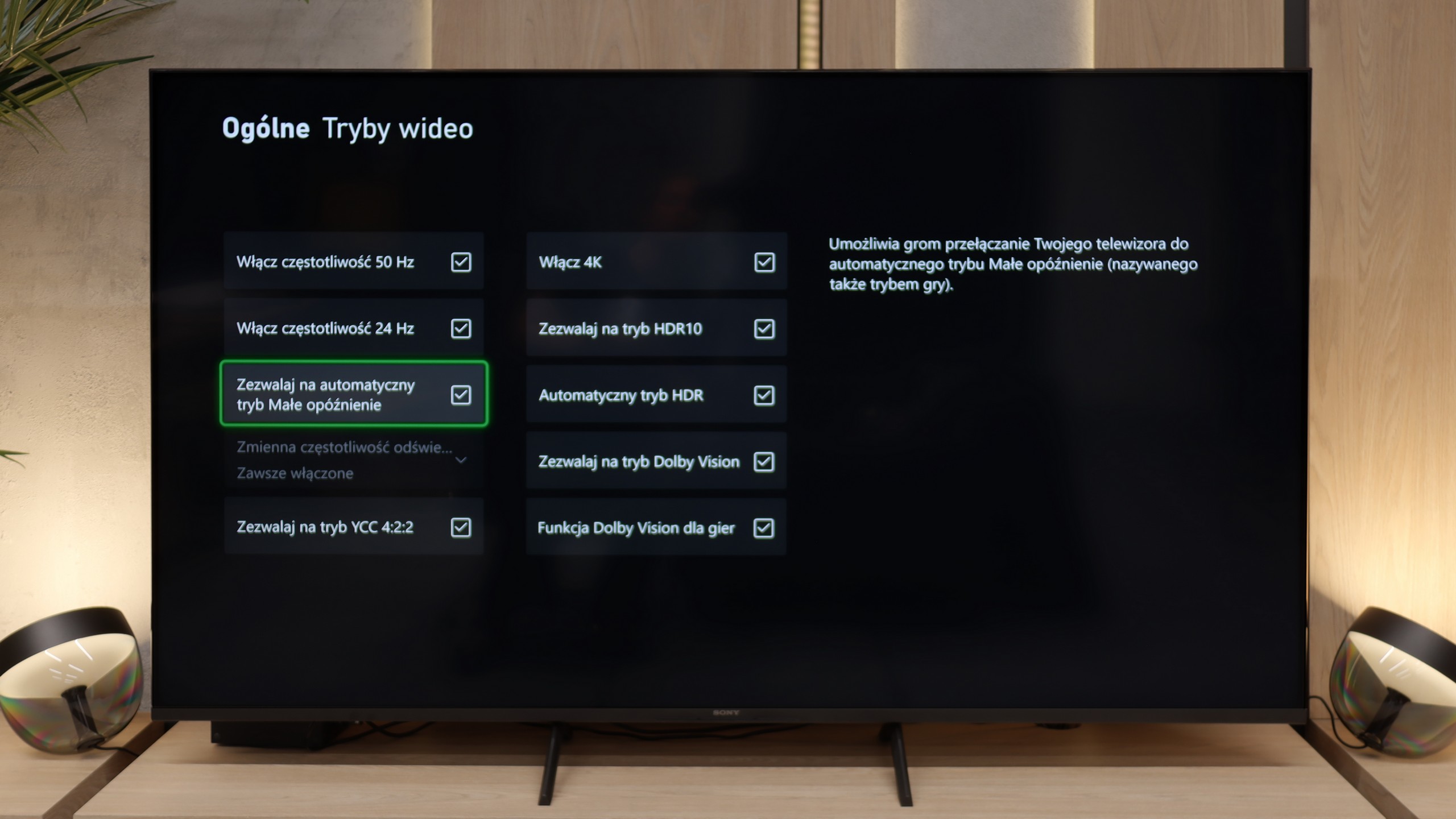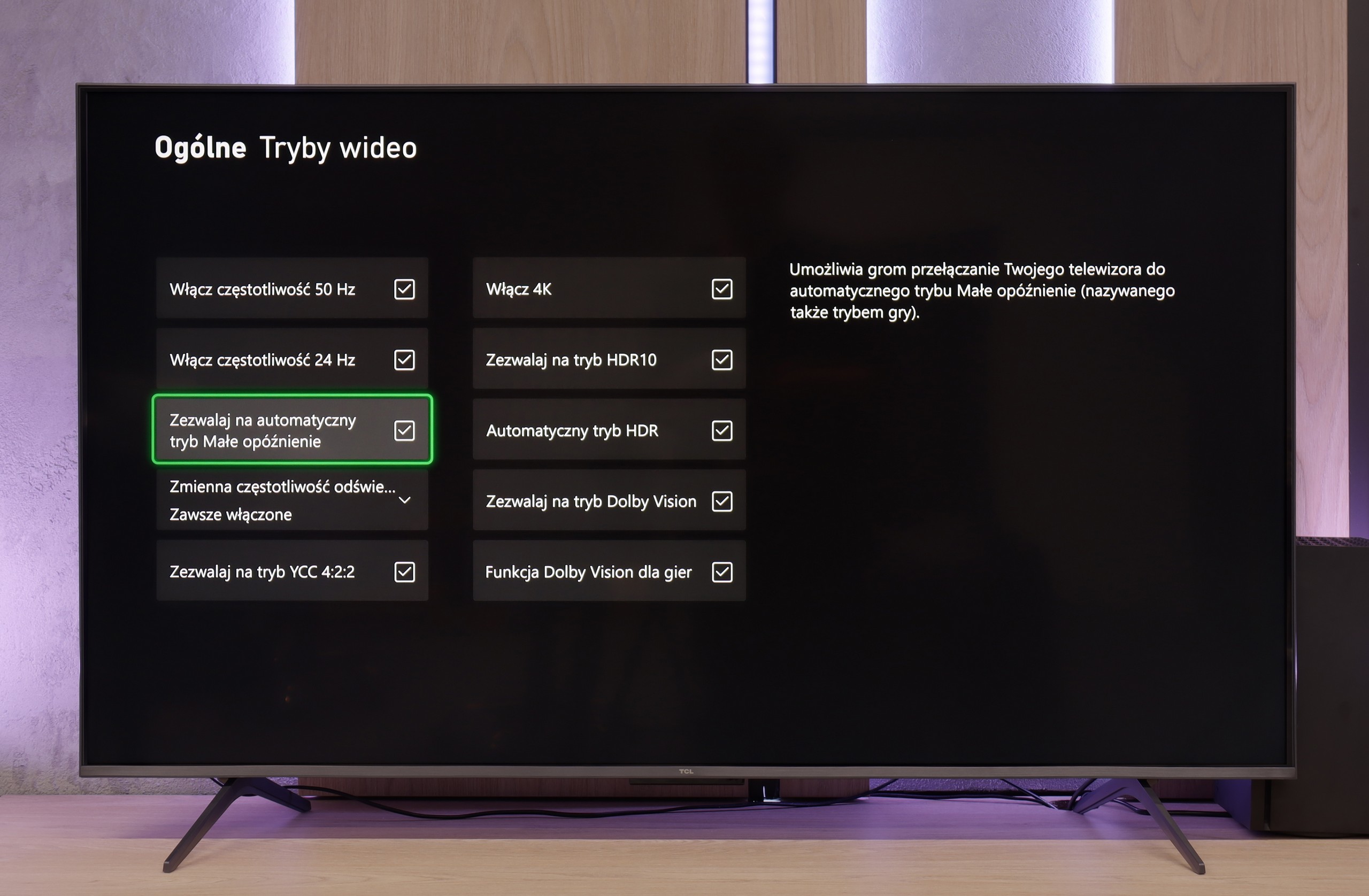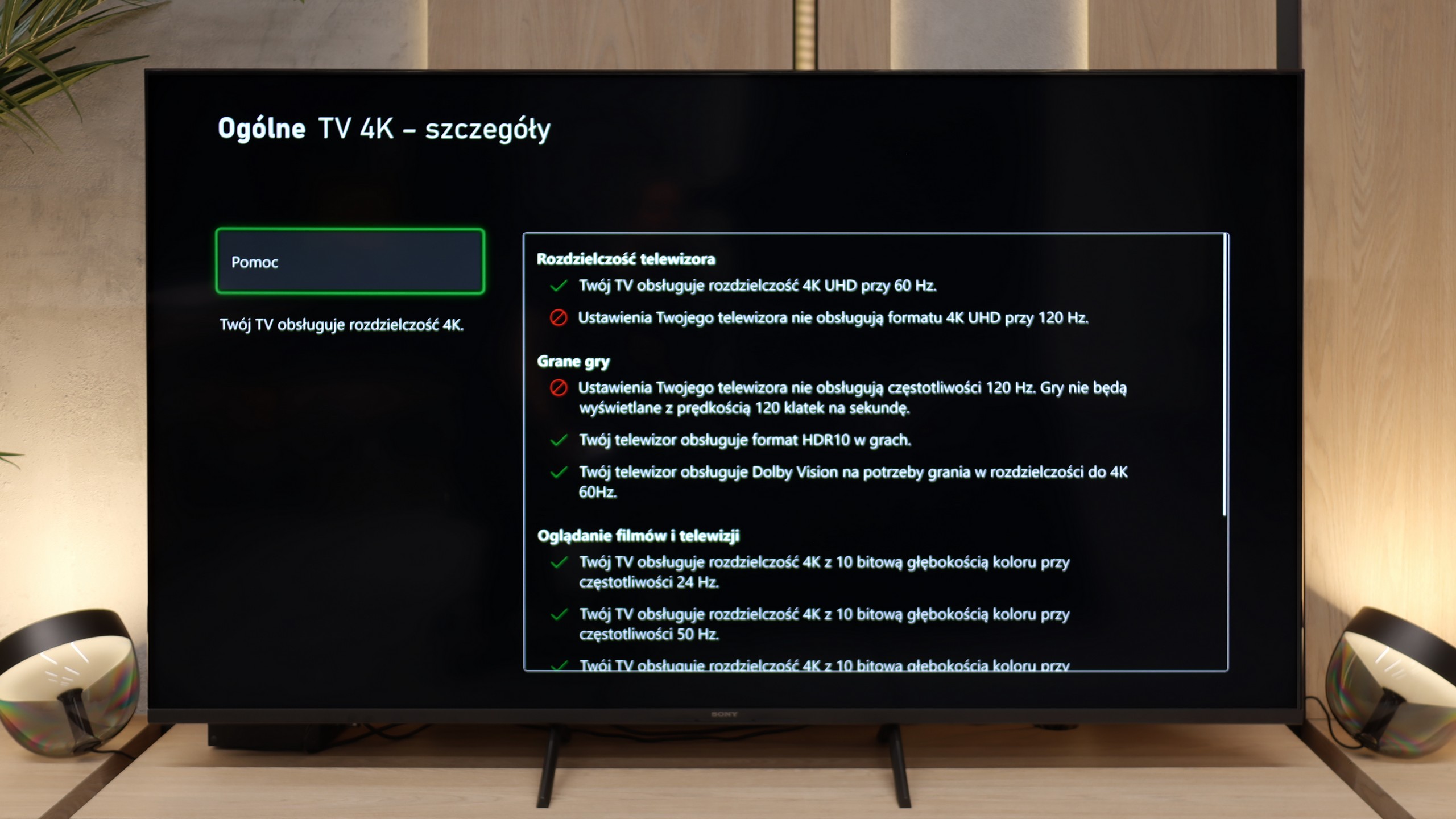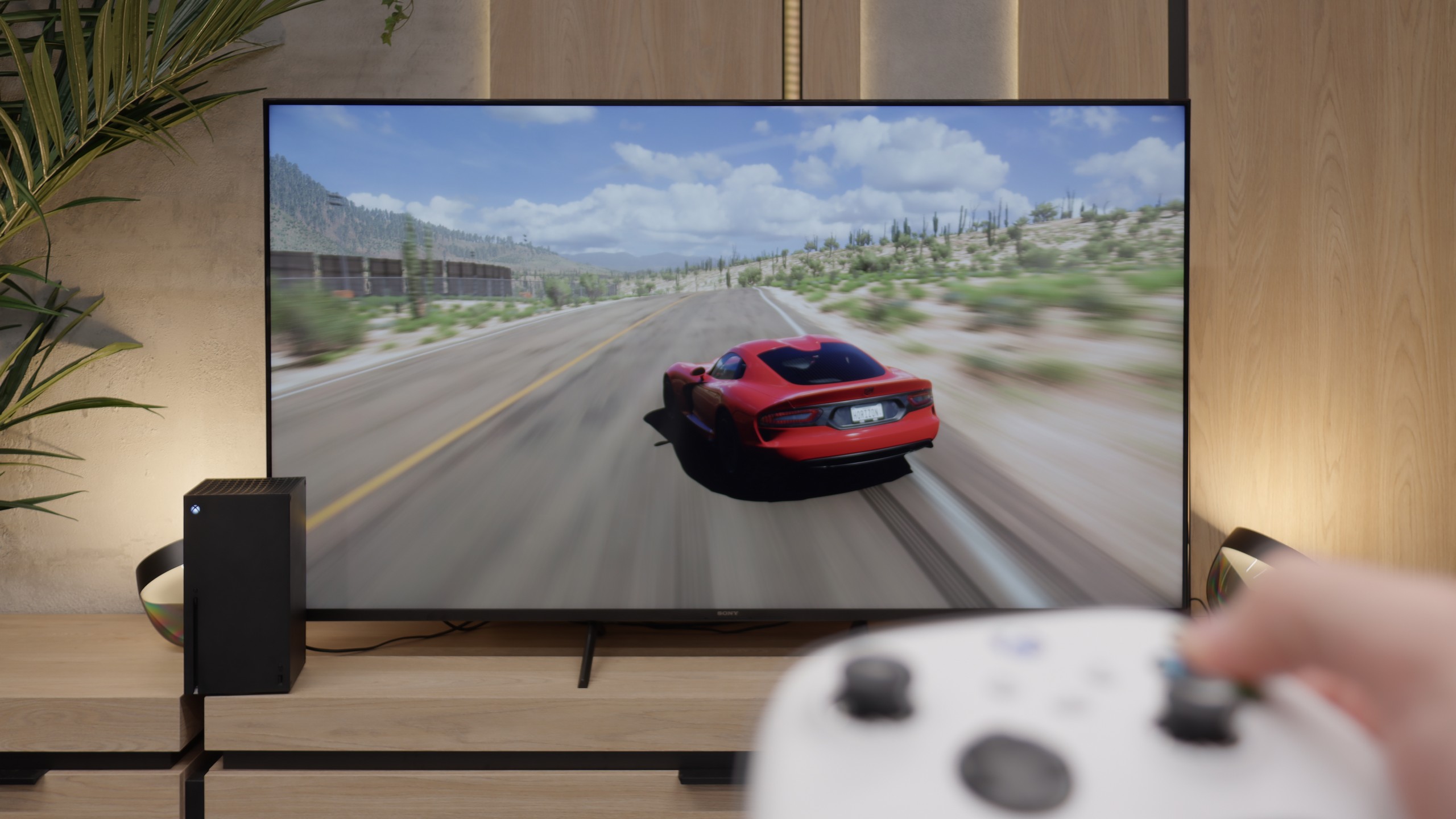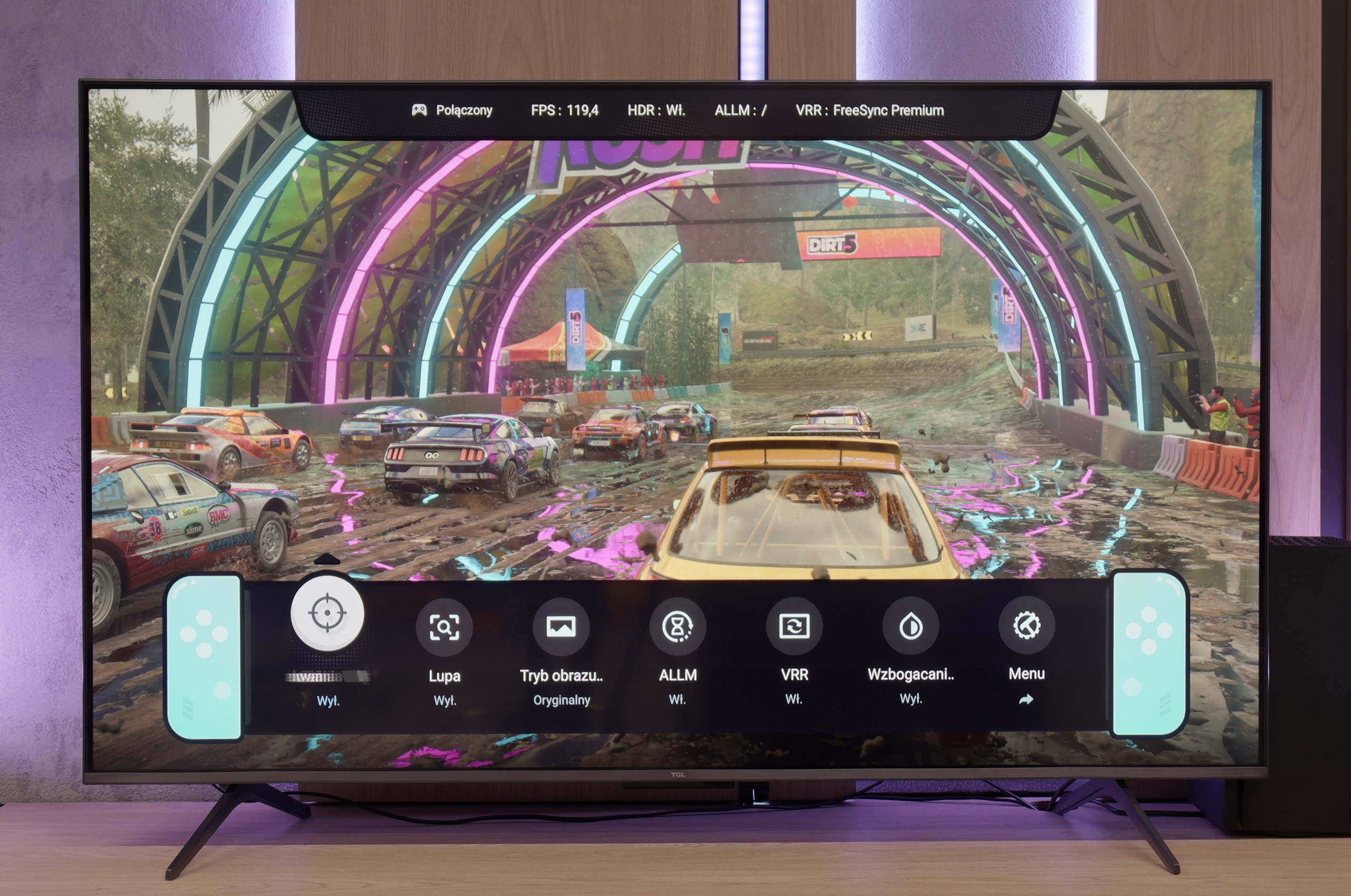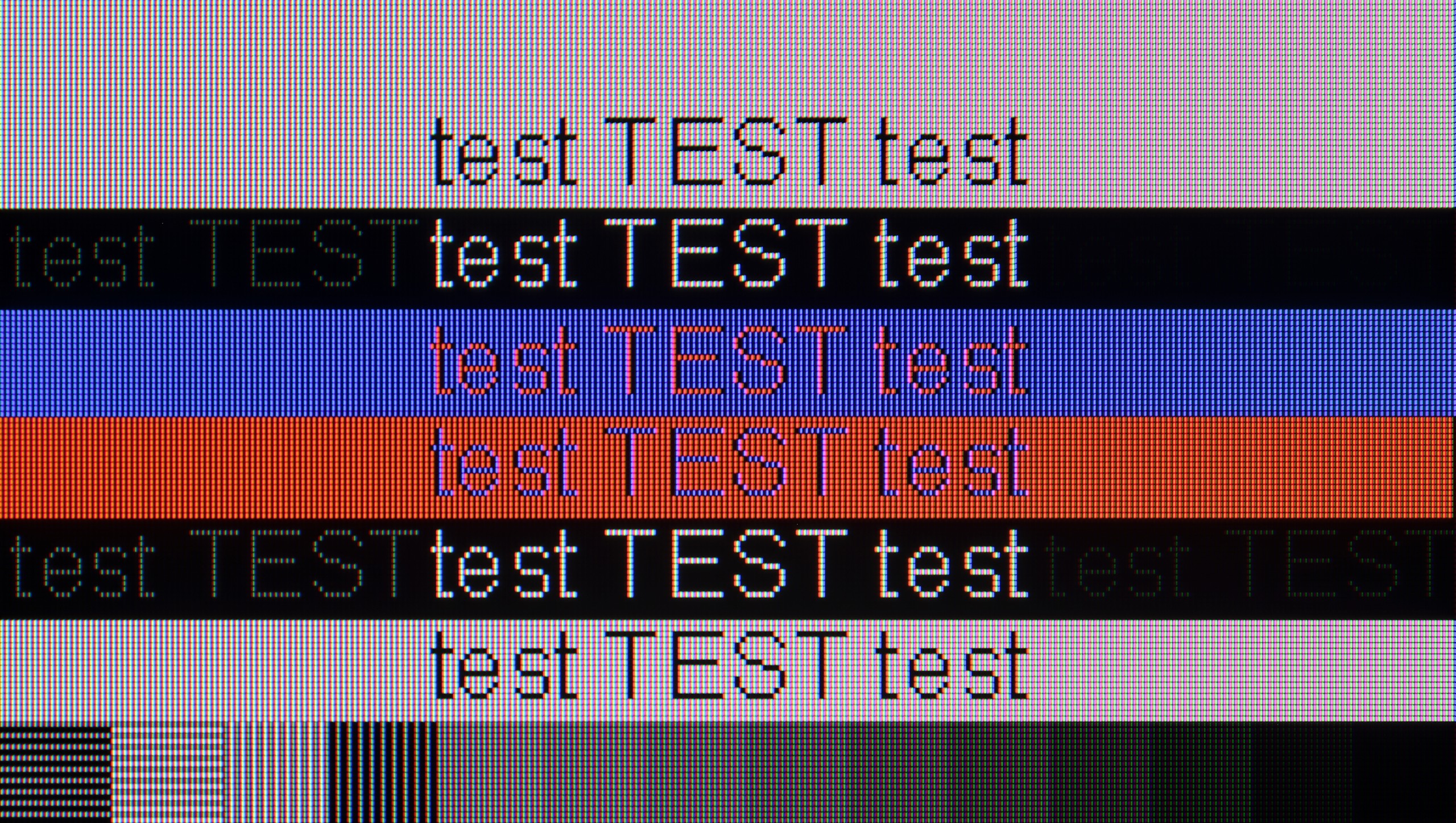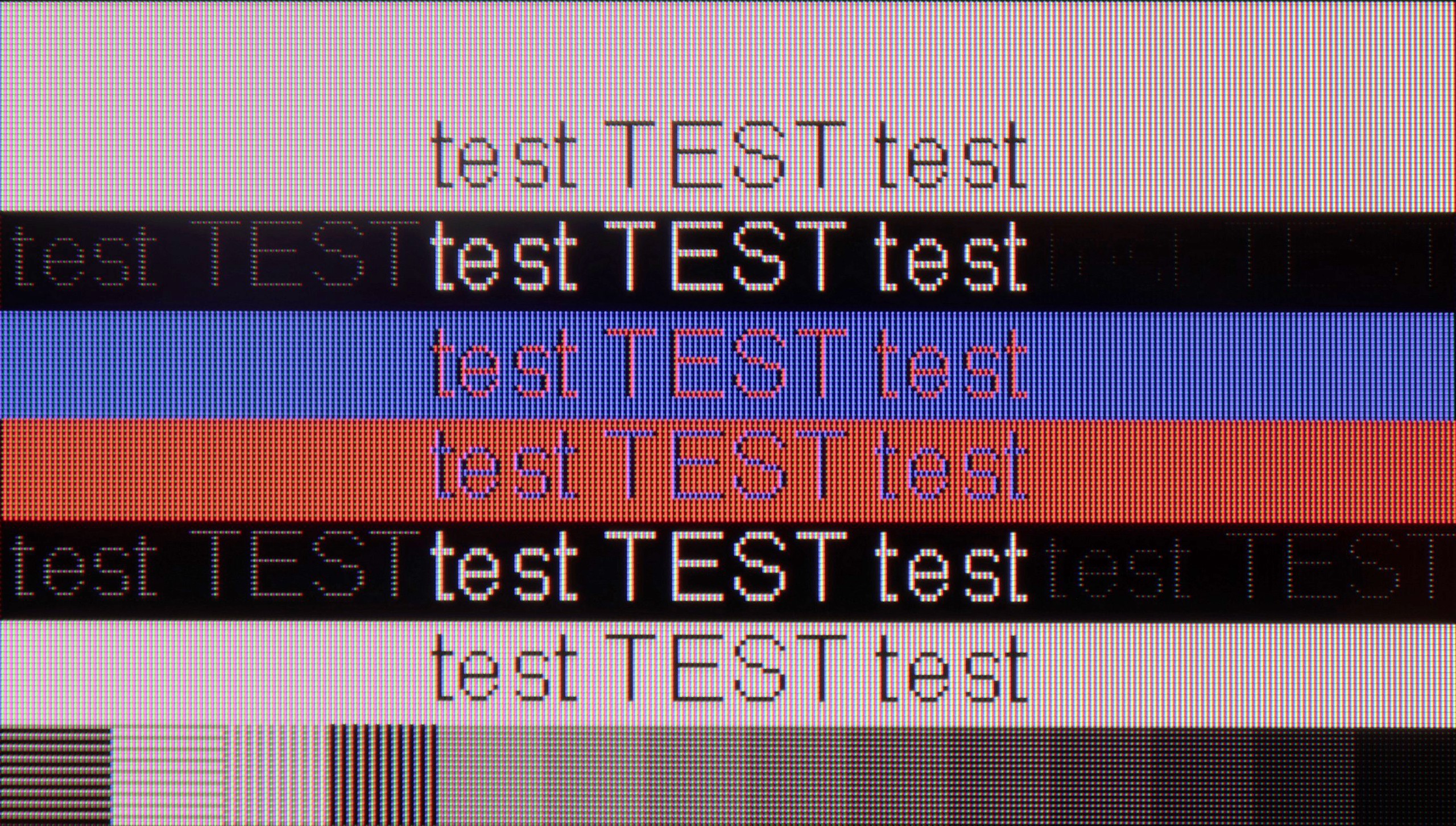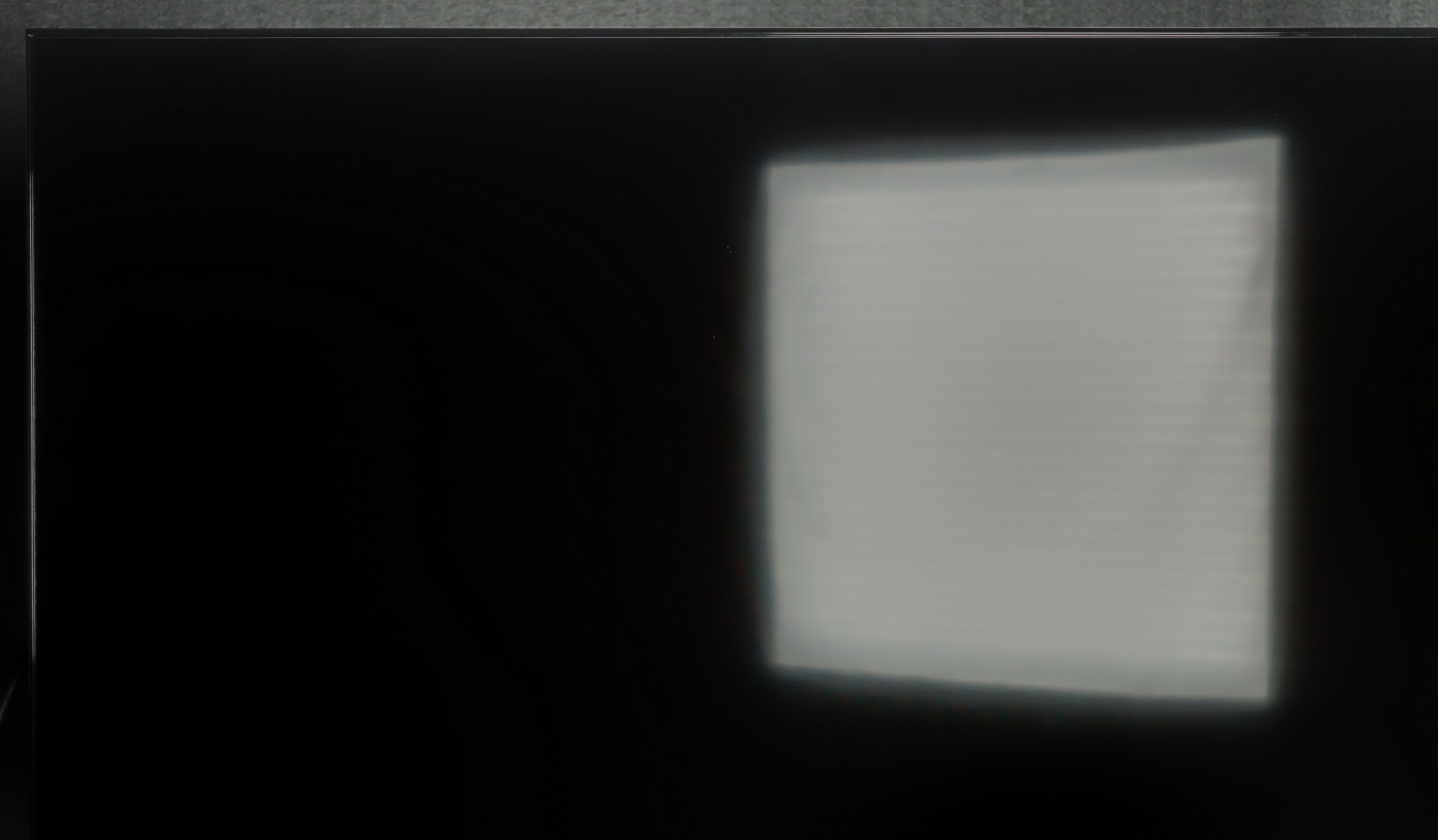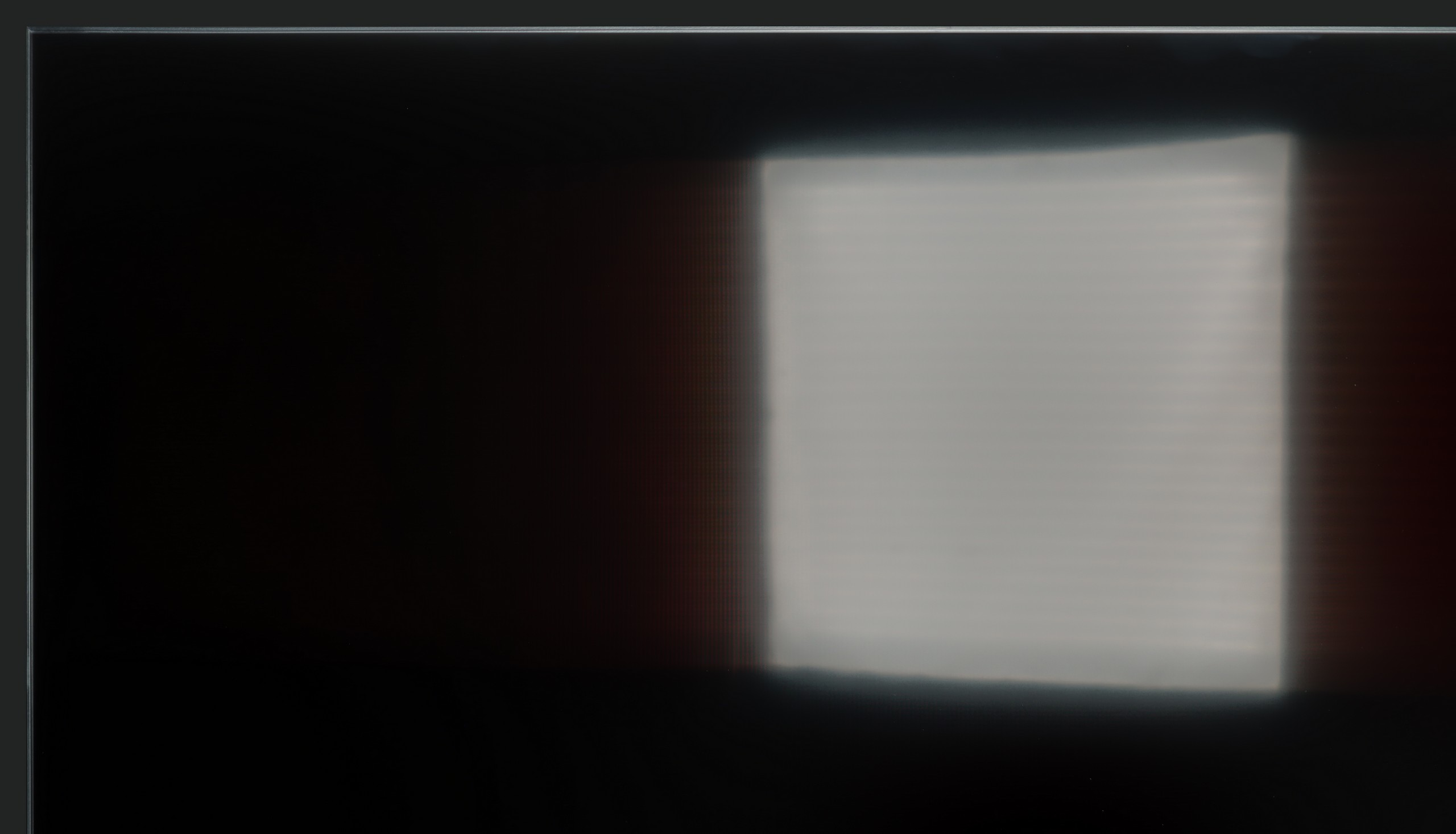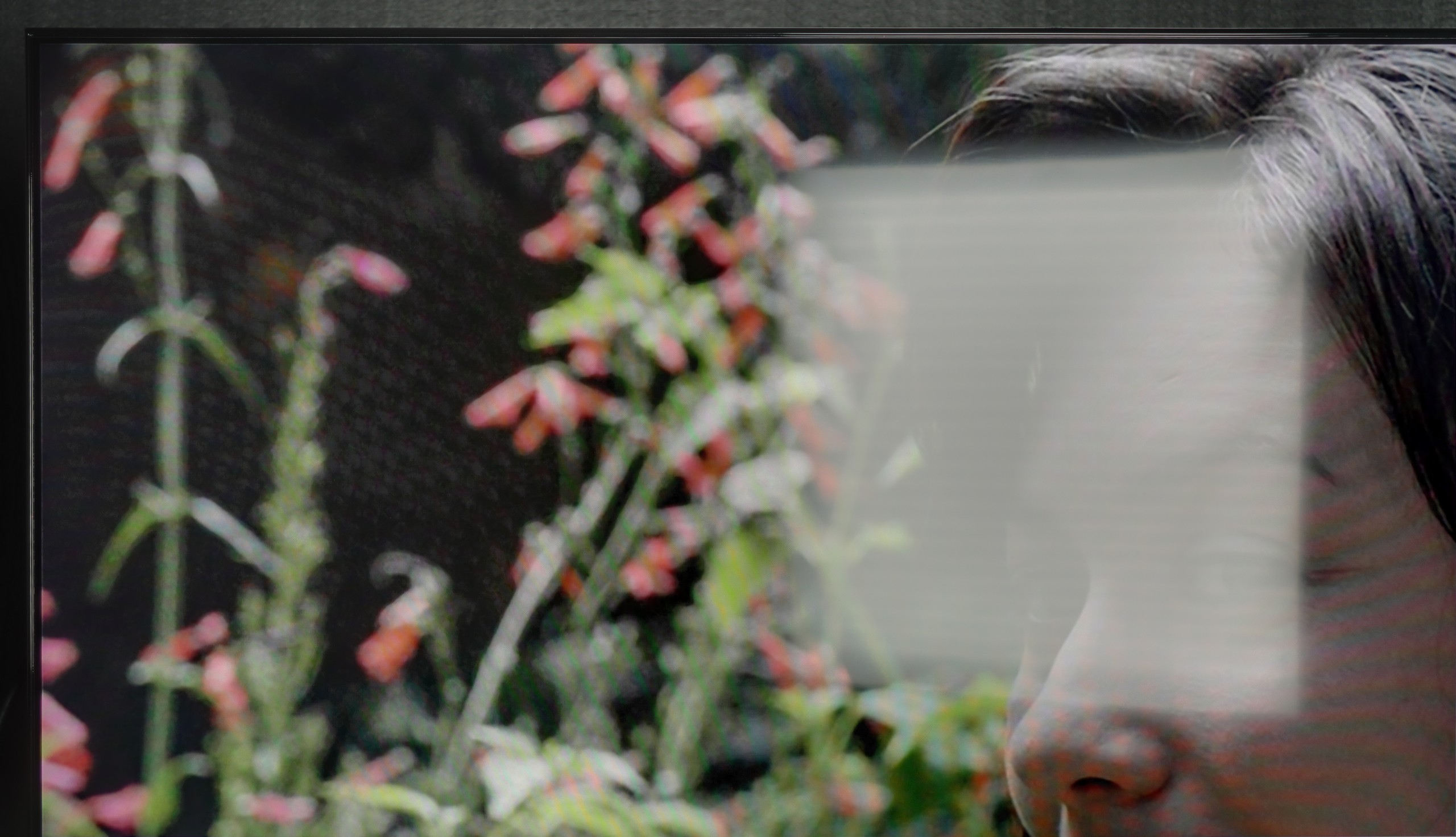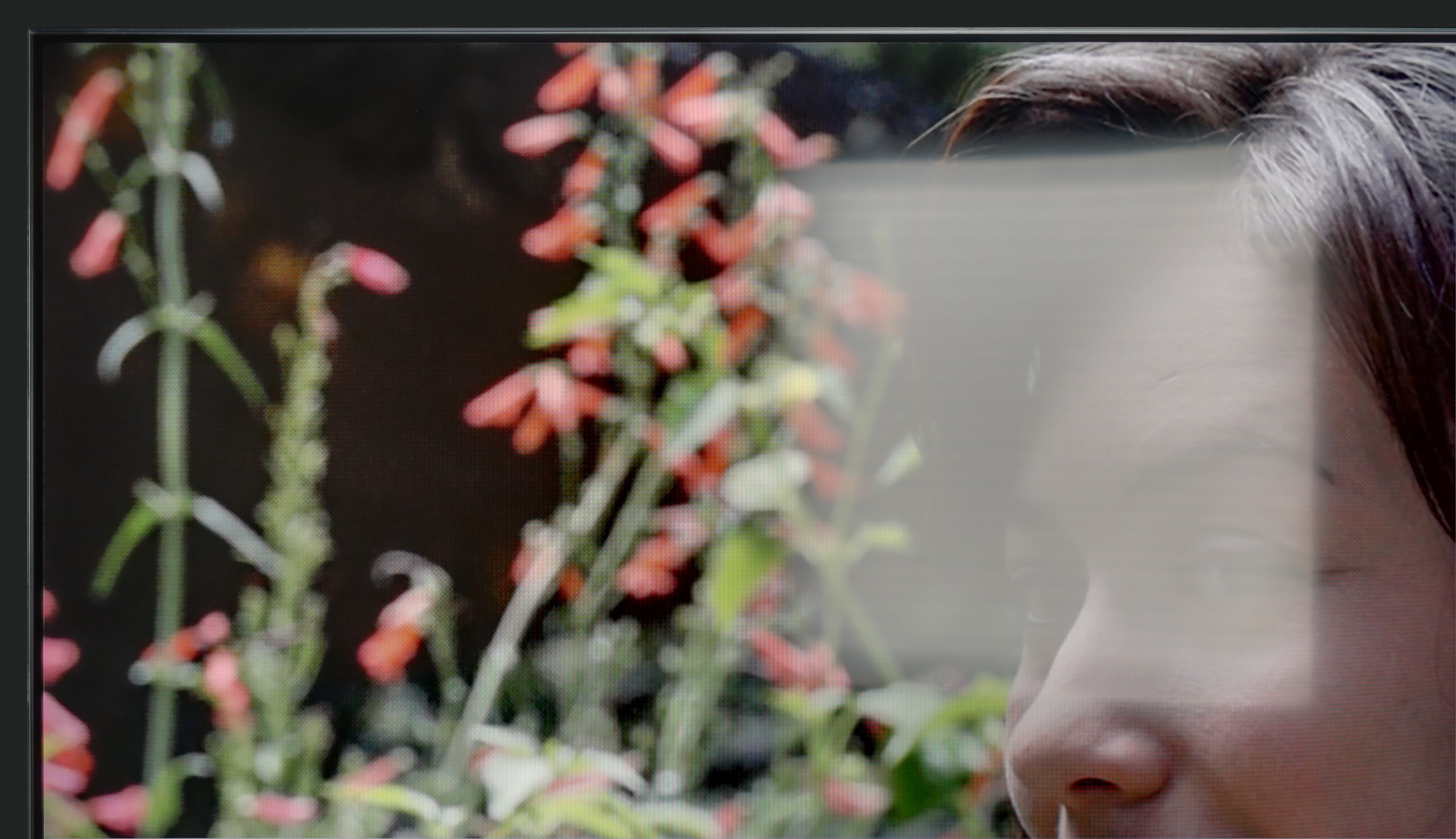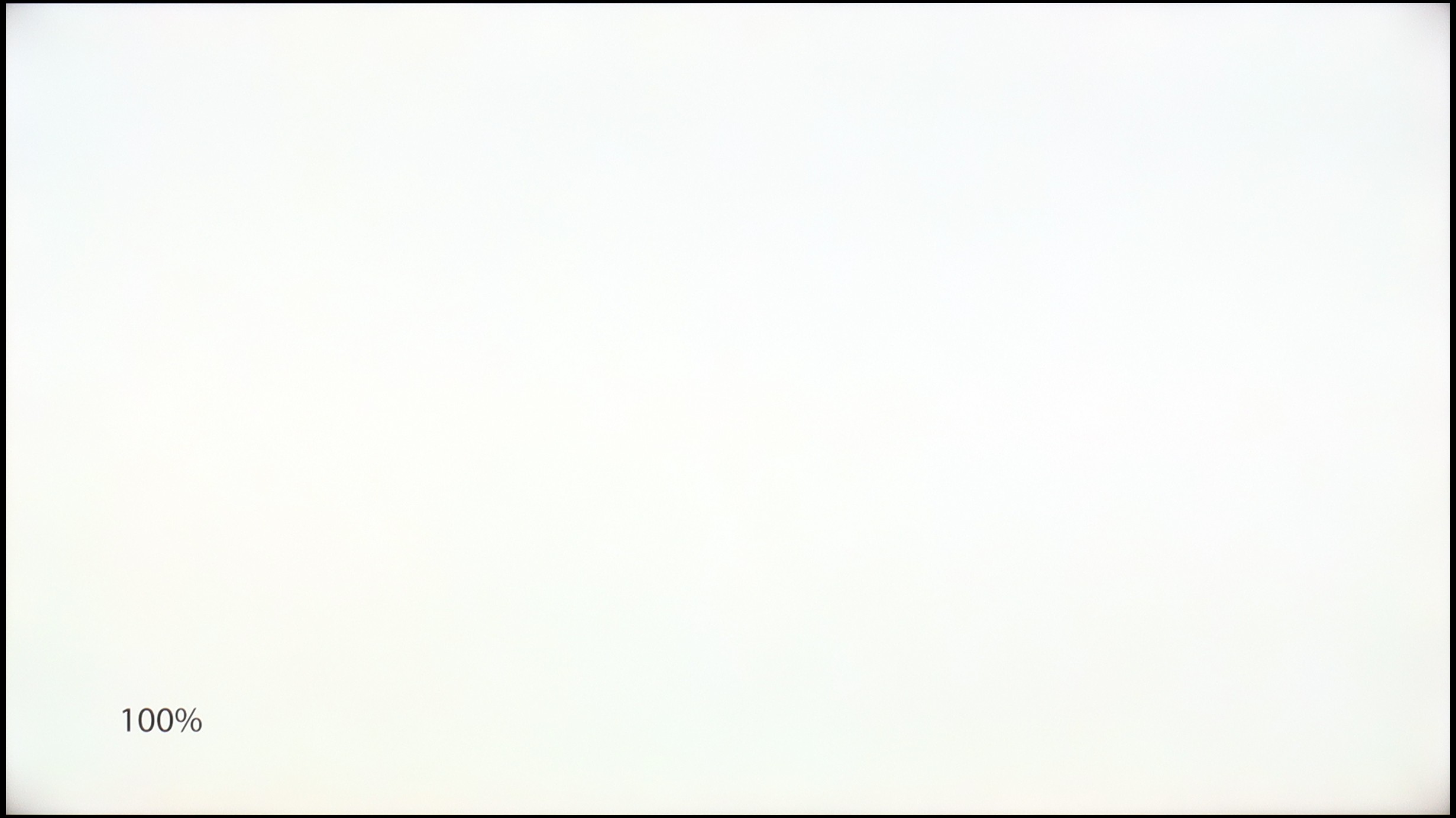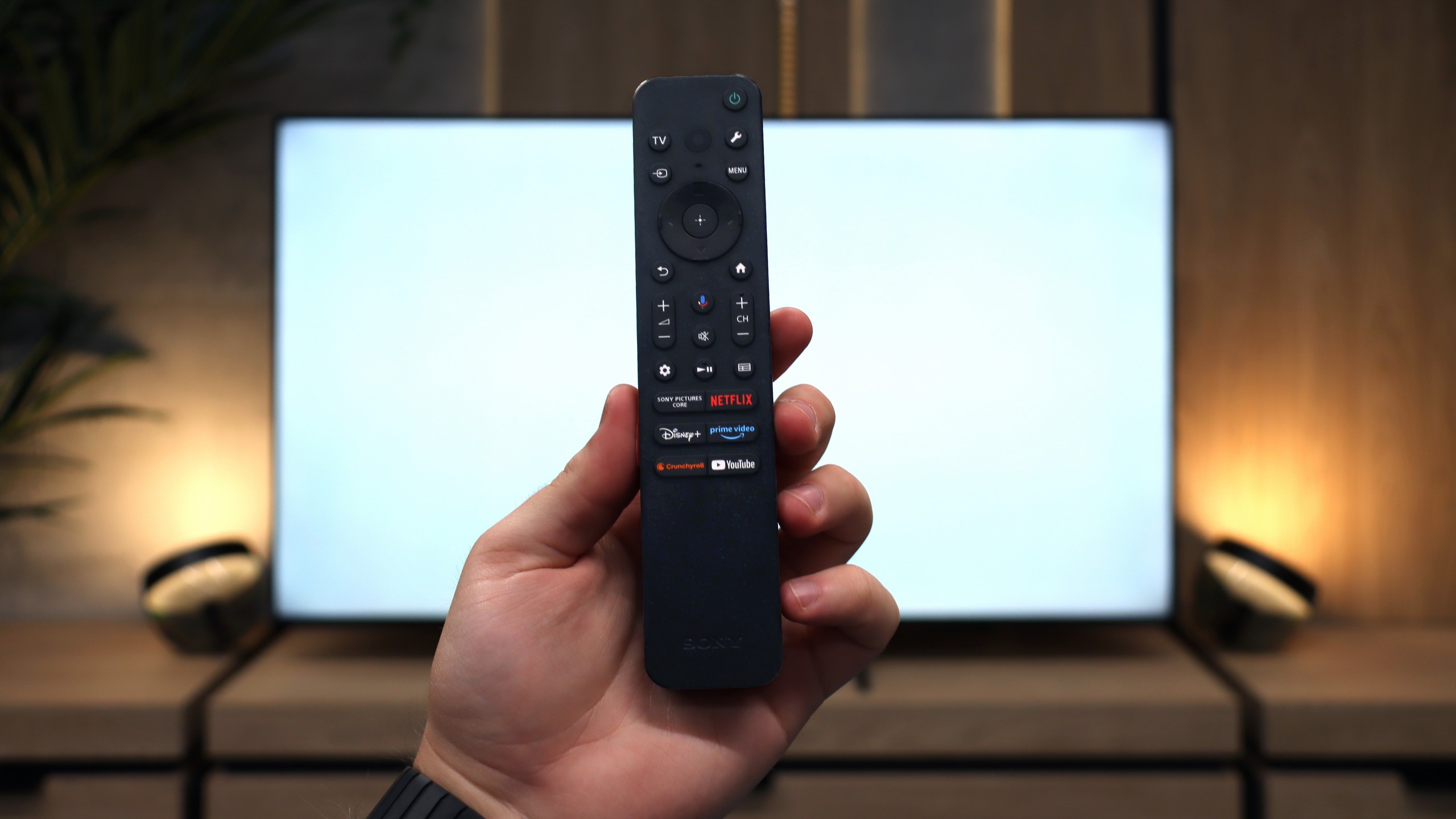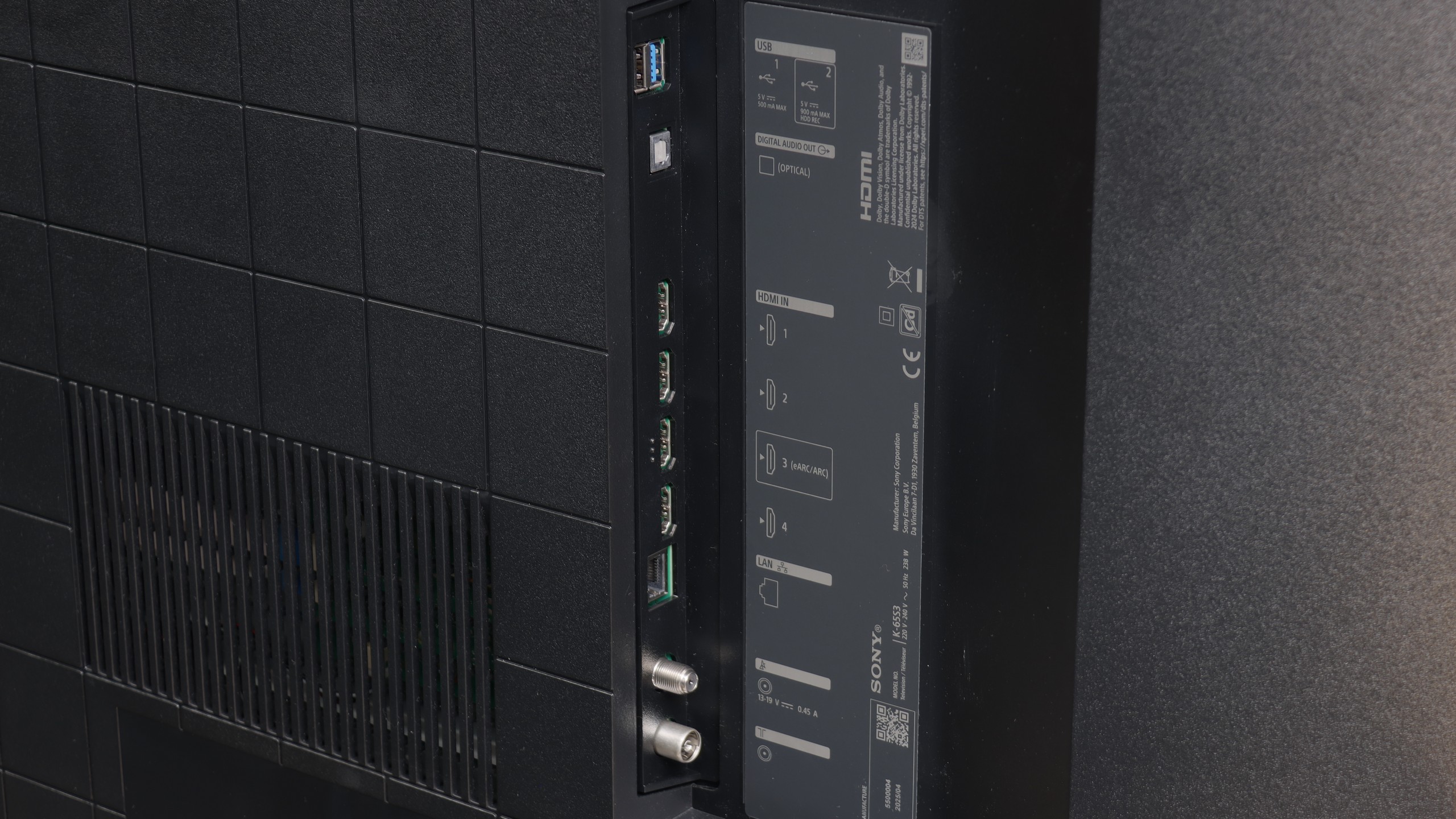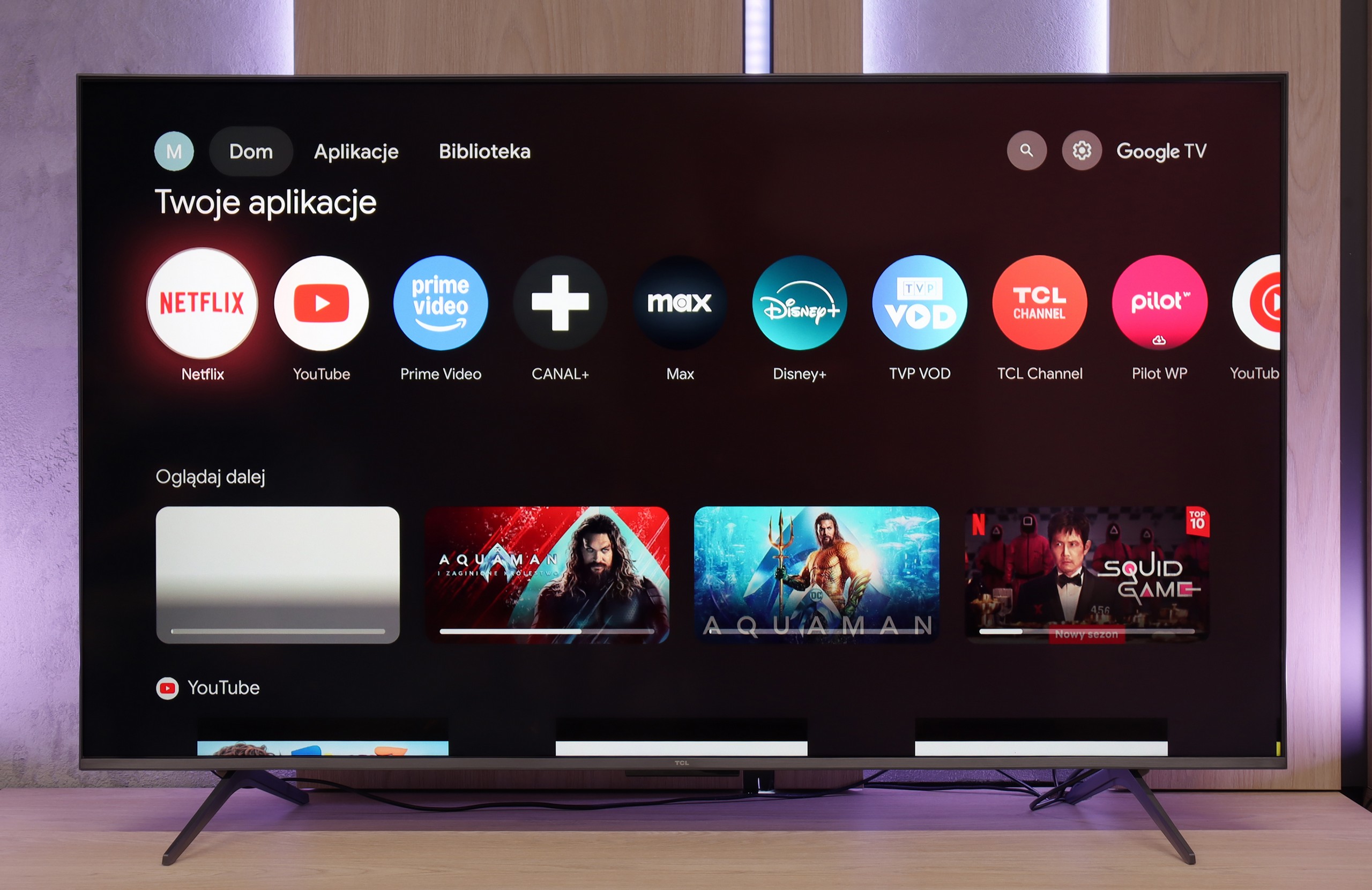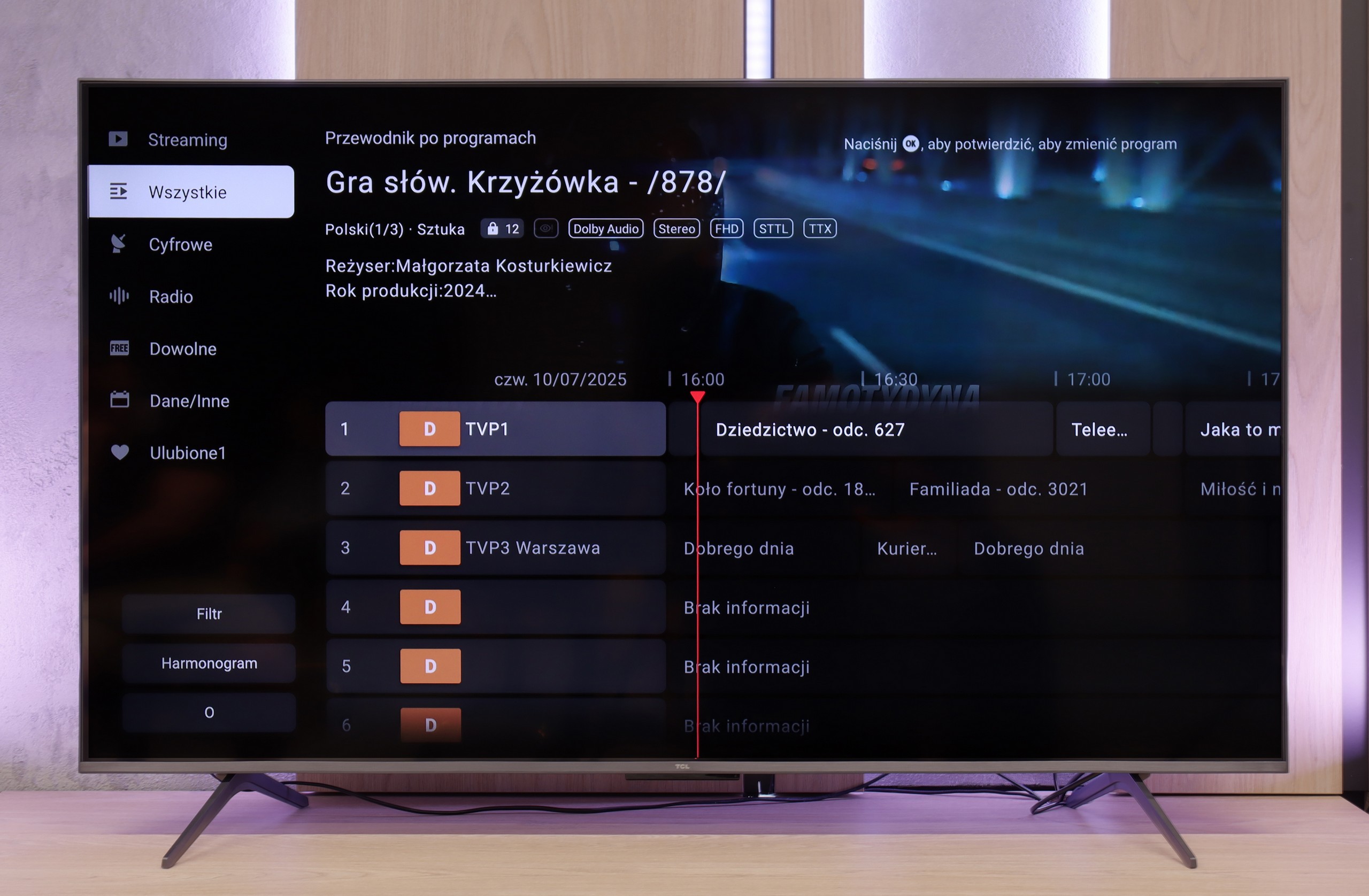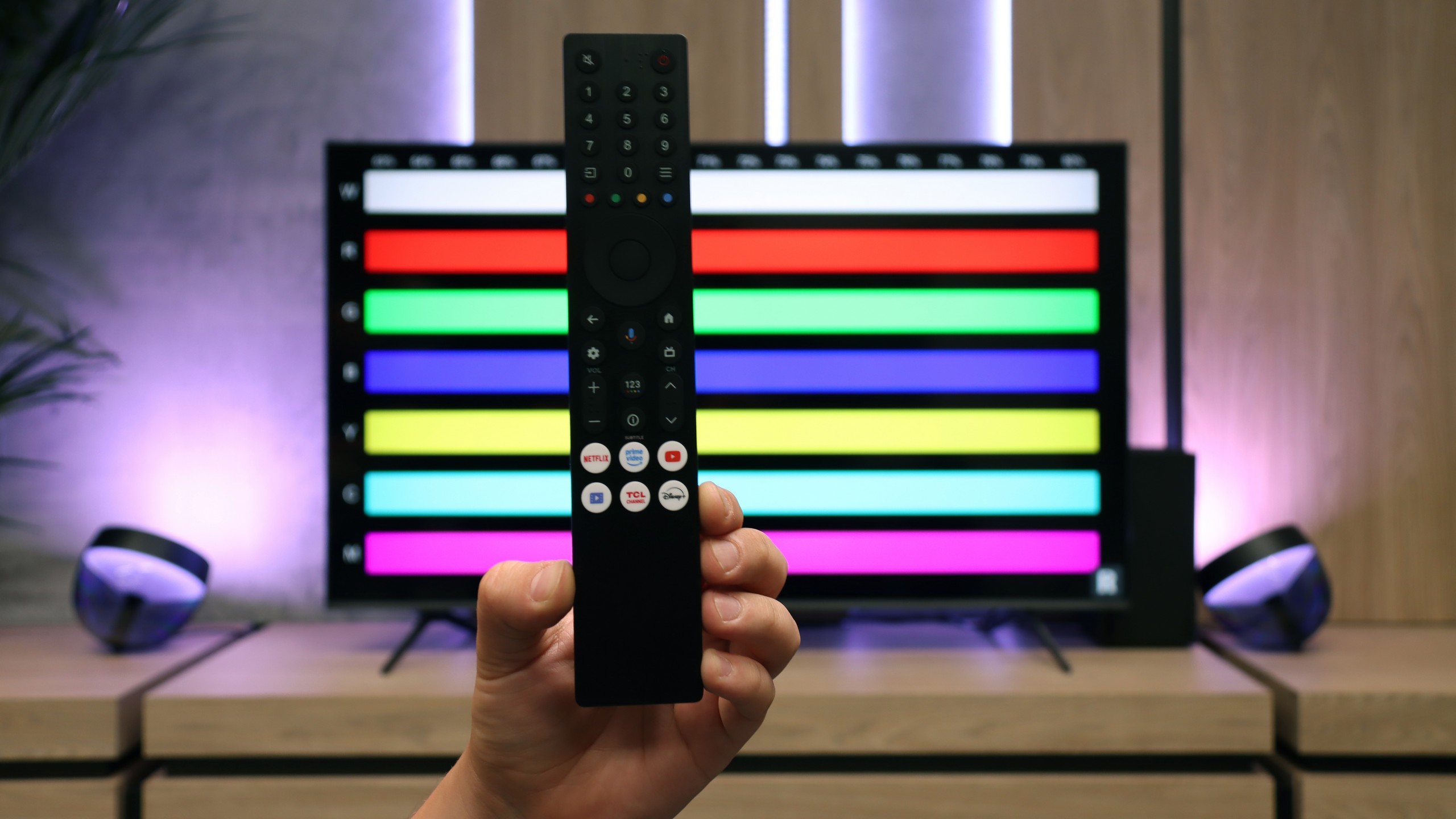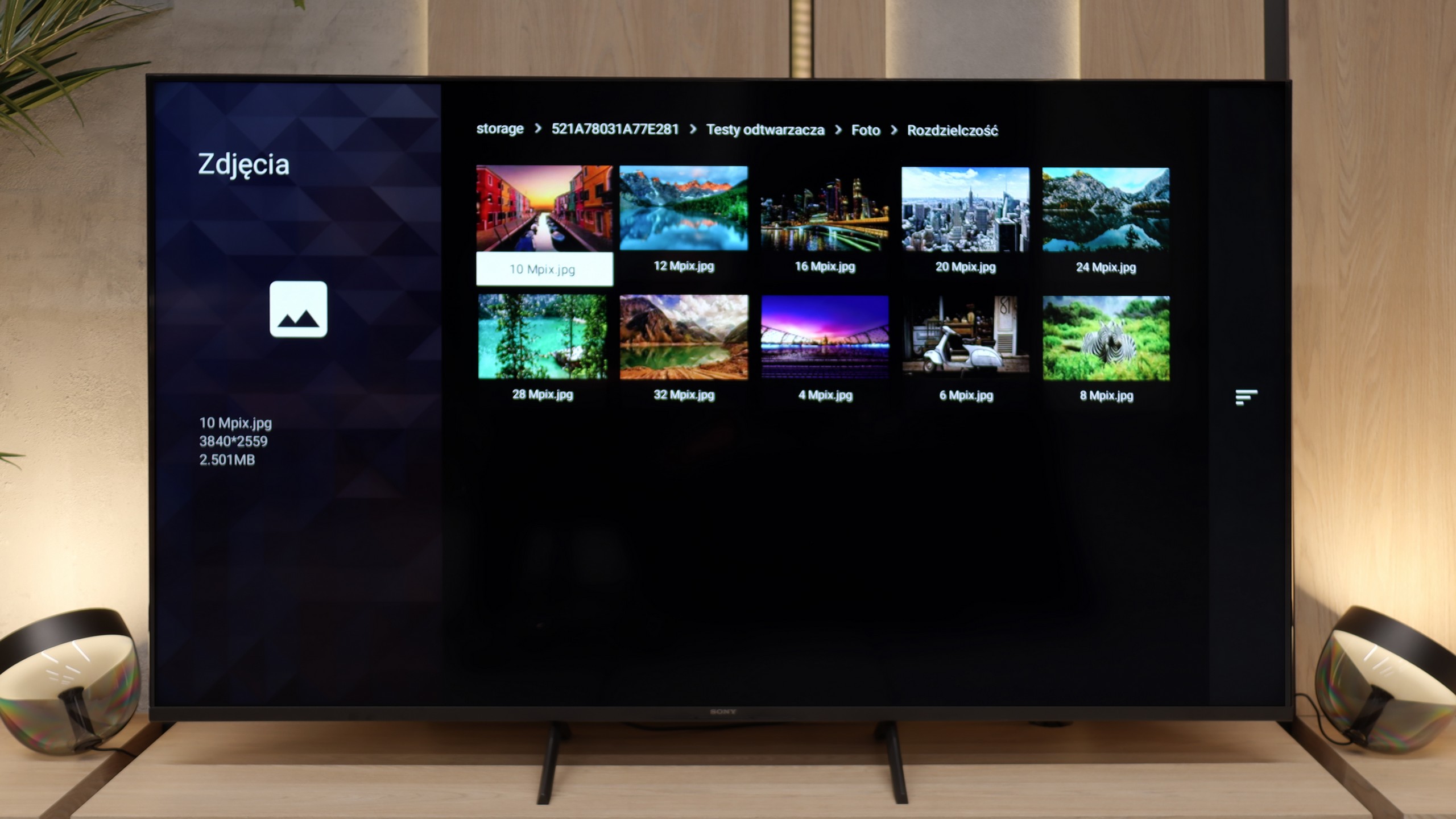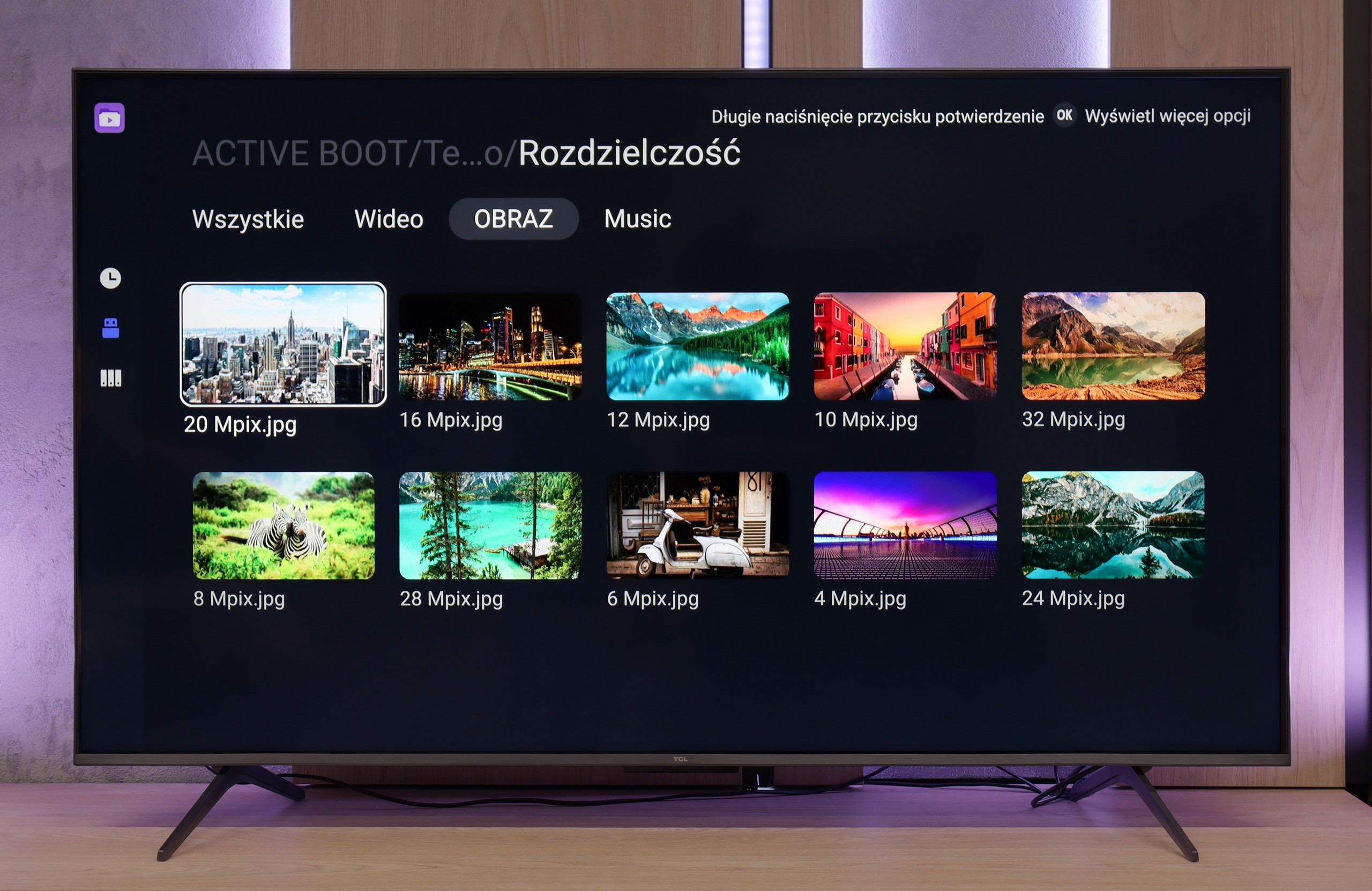Sony Bravia 3 is a television that brings several important improvements over its predecessor while still staying true to its core. The biggest change is the design – slim bezels and sturdy metal legs make it look modern and fit much better in a living room than the X75WL. The improved colours thanks to the PFS filter and really good upscaling are also a plus. It is particularly with lower-quality content, especially in classic SDR, that the Bravia 3 can show its best side – colours look pleasant, the picture is clear, and thanks to the IPS panel, viewing angles are at a very good level. For a ‘classic’ TV, where comfort from various viewing positions in the room and decent quality of everyday content matter, it is perfectly suitable. A huge advantage remains the Google TV system. During our tests, there were times when the interface did not work as smoothly as we would have liked, and some features could freeze. However, despite these imperfections, the presence of Google TV is a huge plus – access to thousands of apps and a full streaming library compensates for minor shortcomings. Unfortunately, what was weak in the X75WL remains weak here as well. The IPS panel has very low contrast and does not offer local dimming, which means that watching movies in a dark room quickly loses its appeal – black resembles more of a grey, which effectively detracts from the enjoyment of viewing. Additionally, the option to record content to USB, which was available in the predecessor, has been removed. It is hard not to notice this and not to add it to the list of downsides.
So, who is the Bravia 3 for? Primarily for those who want to enter the world of Sony televisions at the most affordable price while valuing the Google TV system. However, it is not the most attractive option in its class – competition in this budget can offer models with Mini-LED backlighting, which outperform it significantly in terms of contrast and HDR. Therefore, the Bravia 3 is worth considering, but mainly when there is a solid discount. At regular price, it will be very difficult for it to stand out against its more cost-effective rivals.

